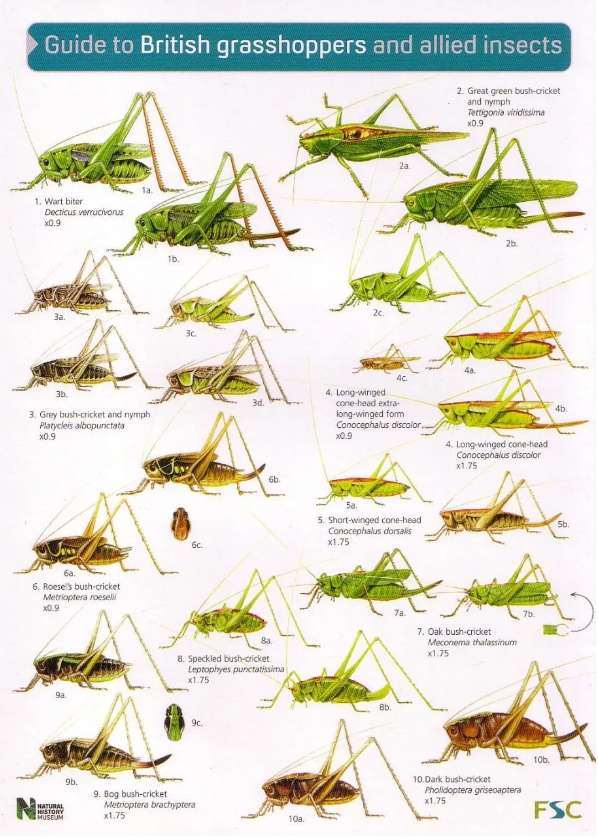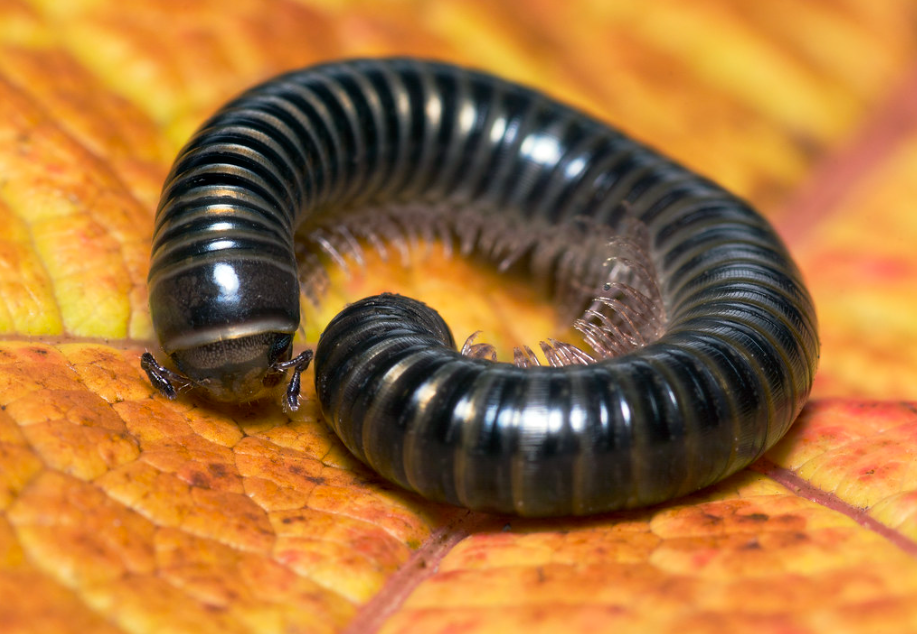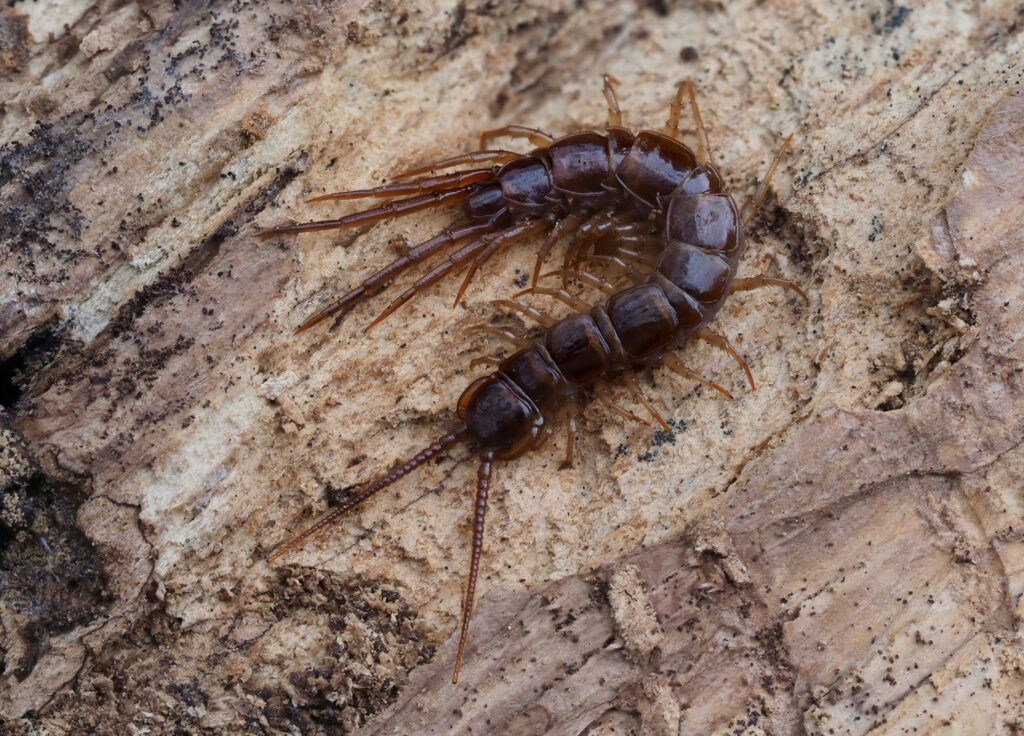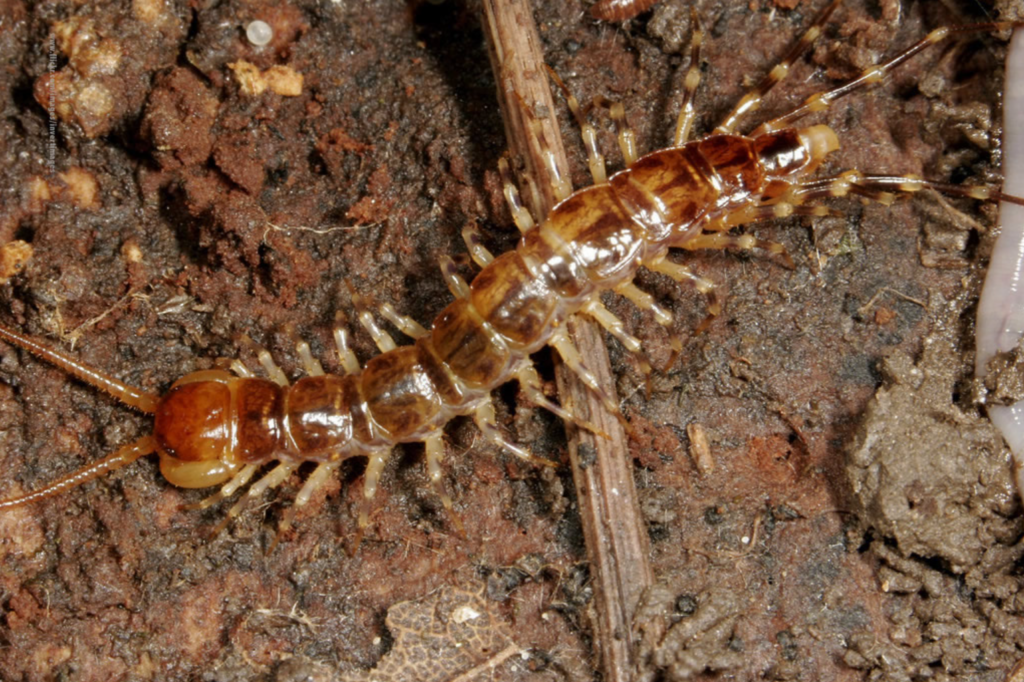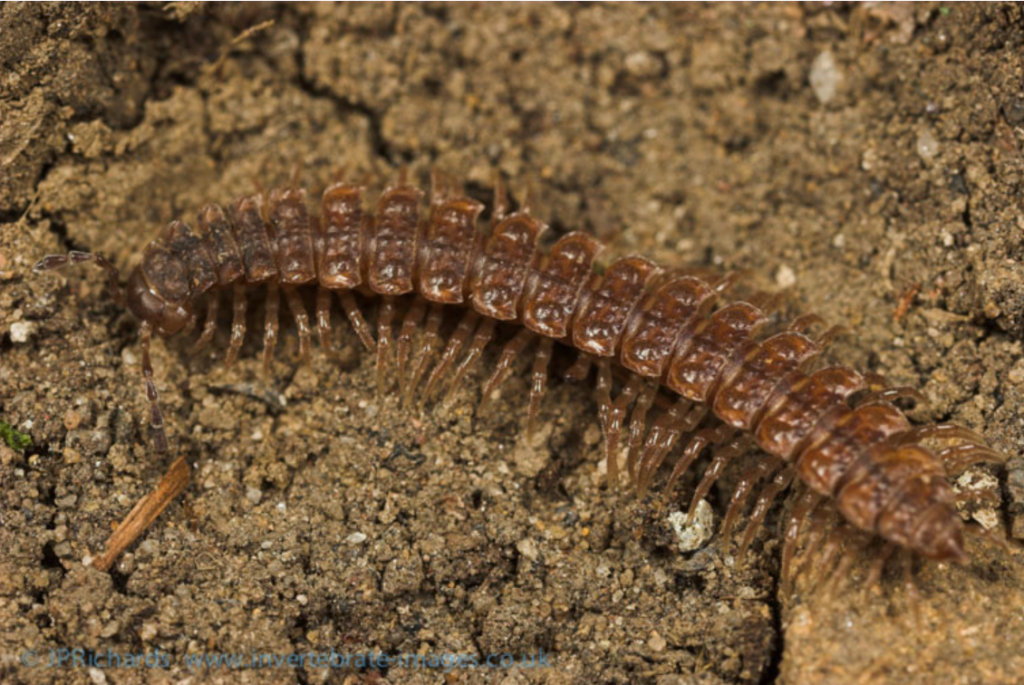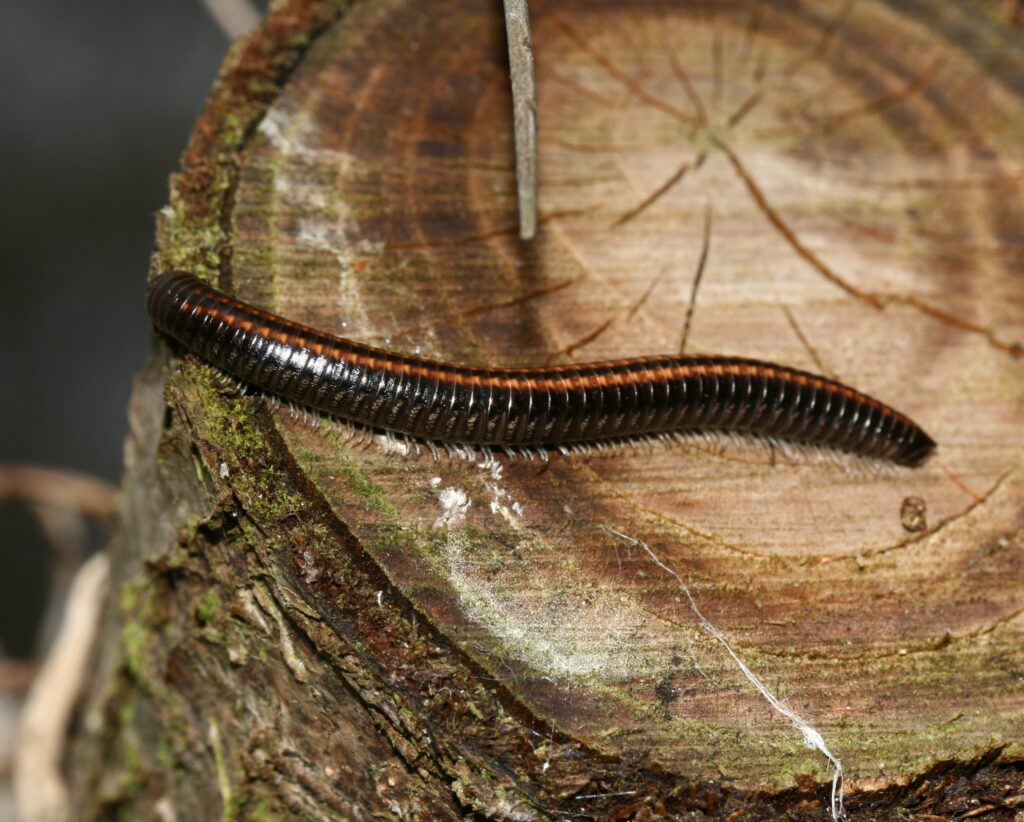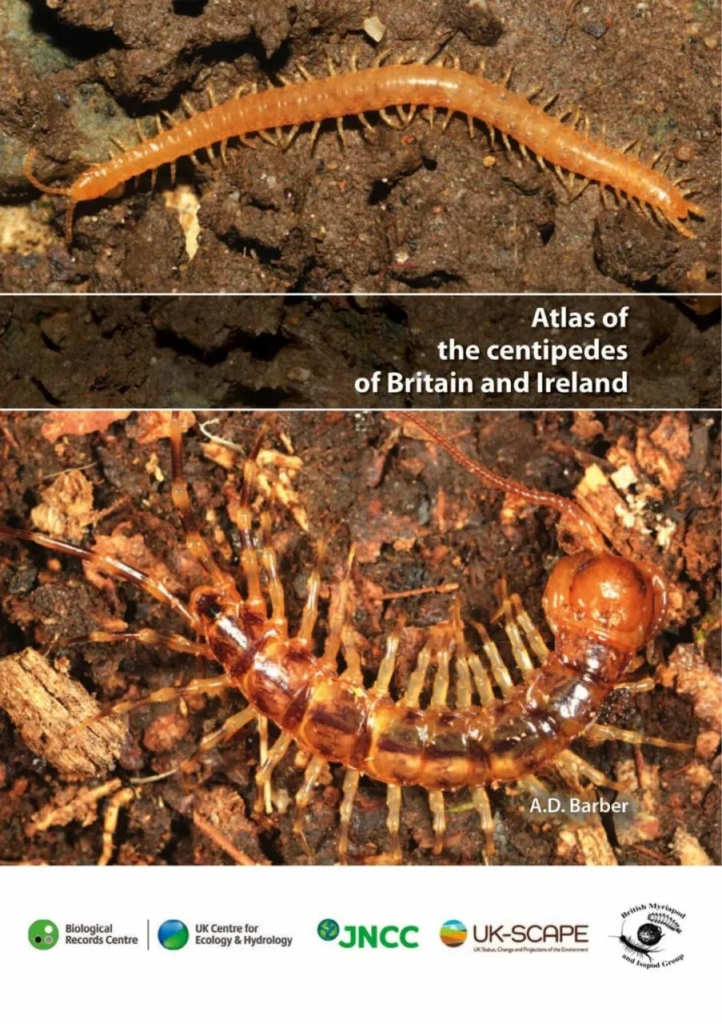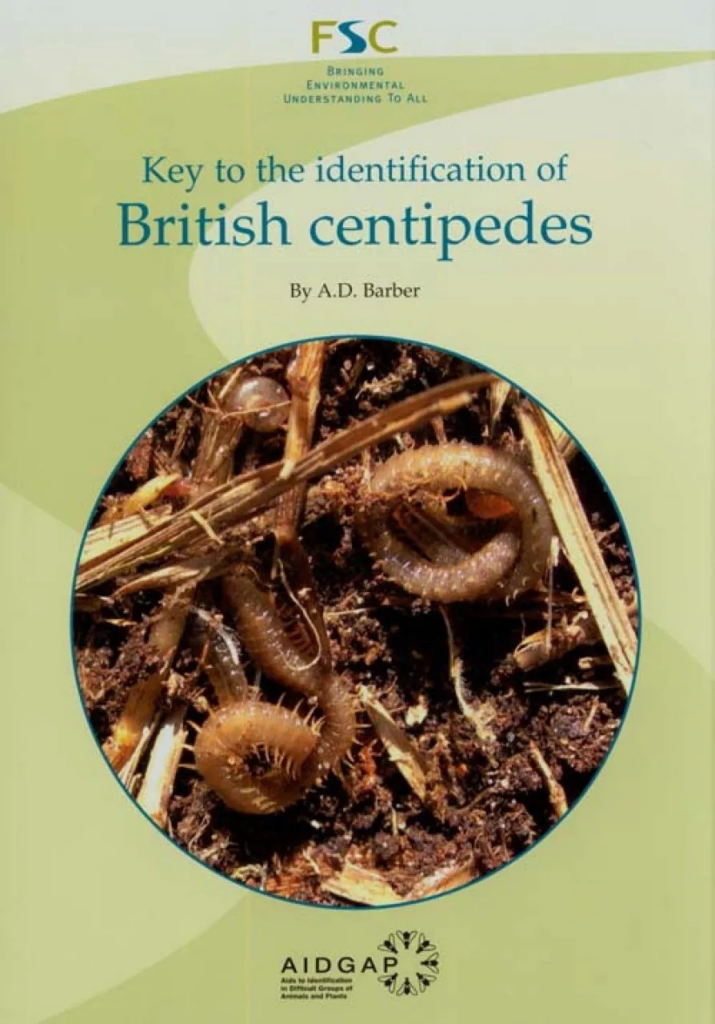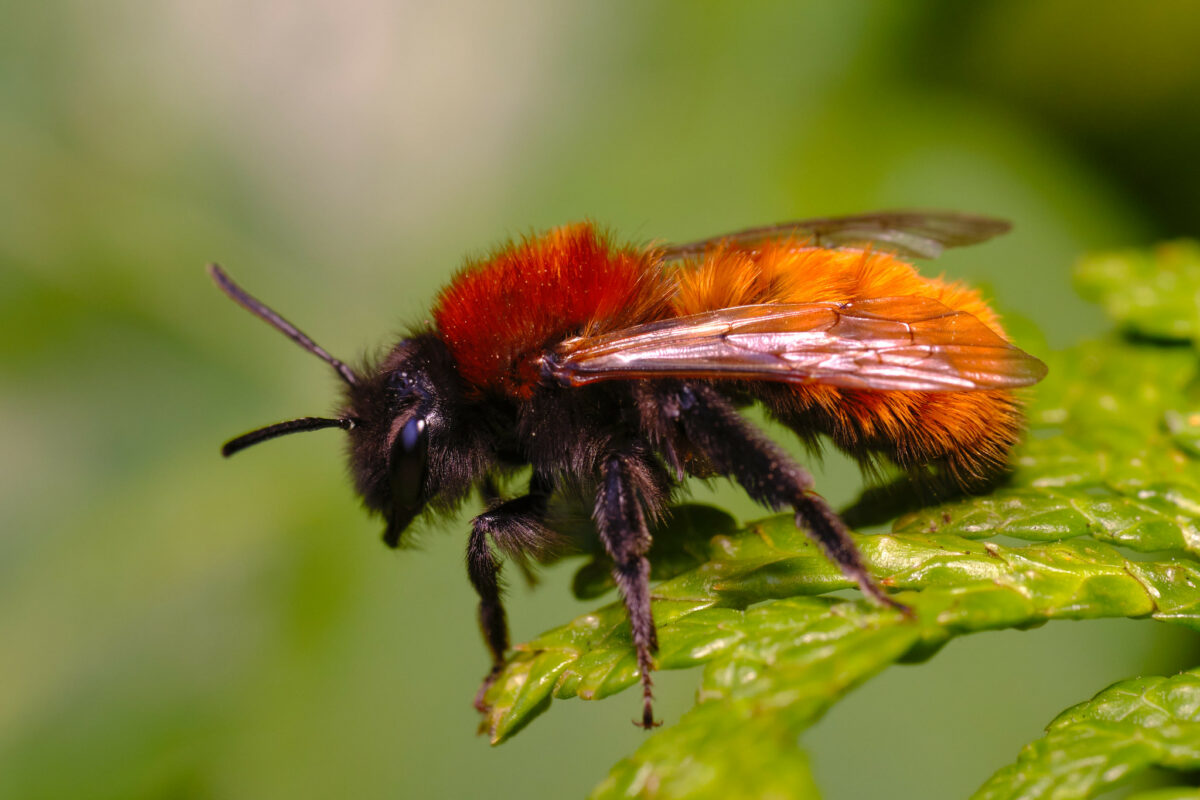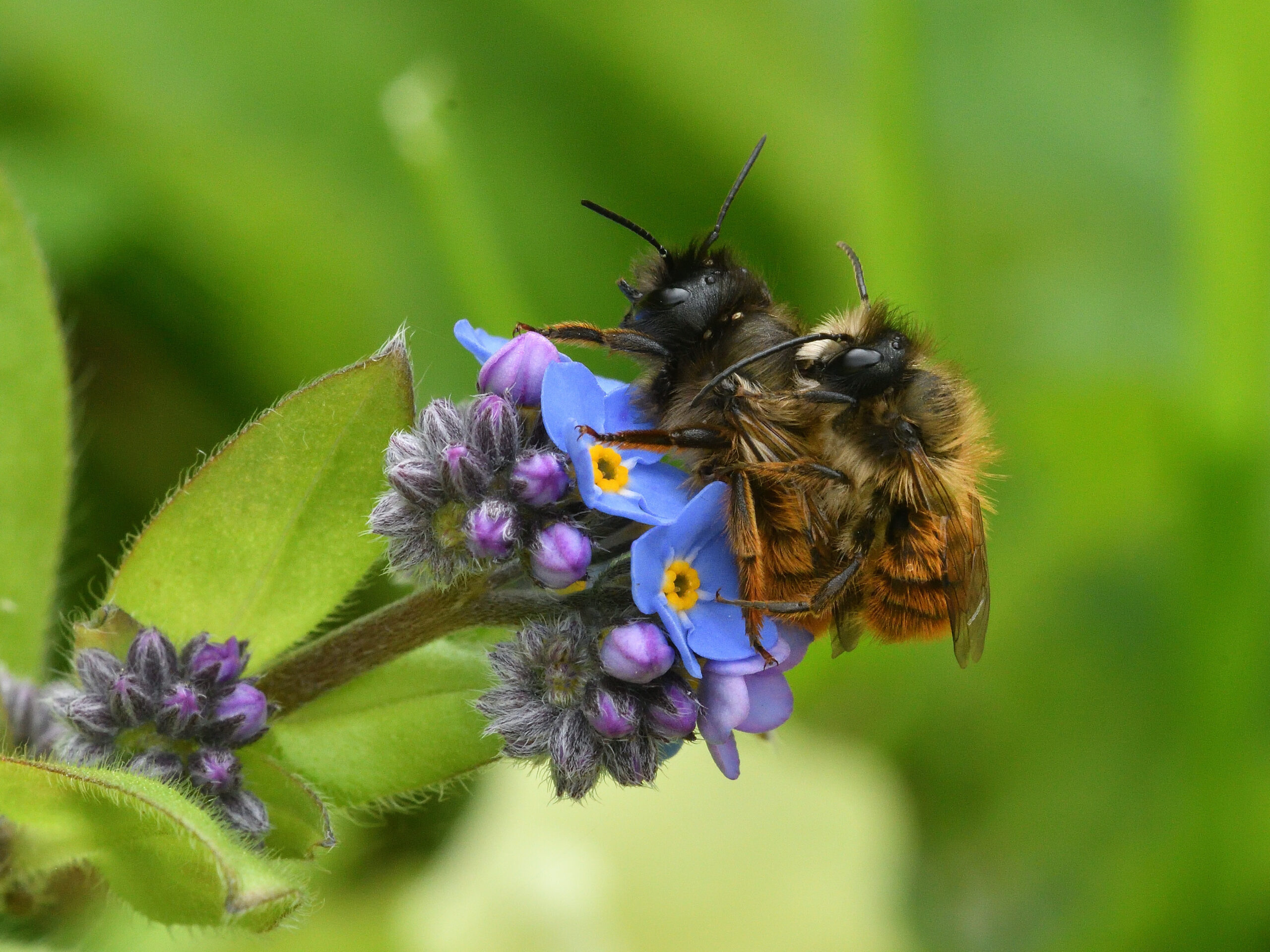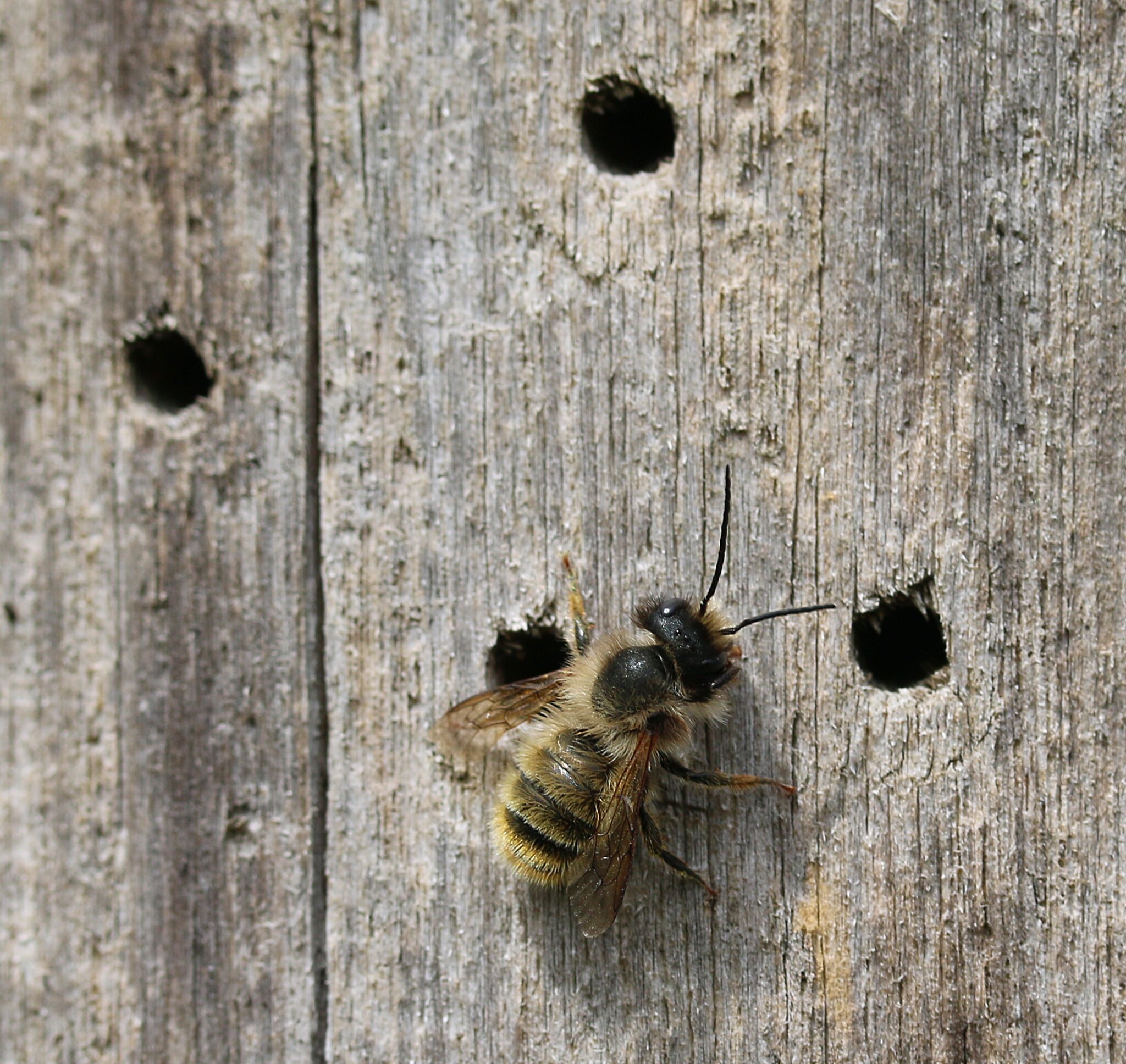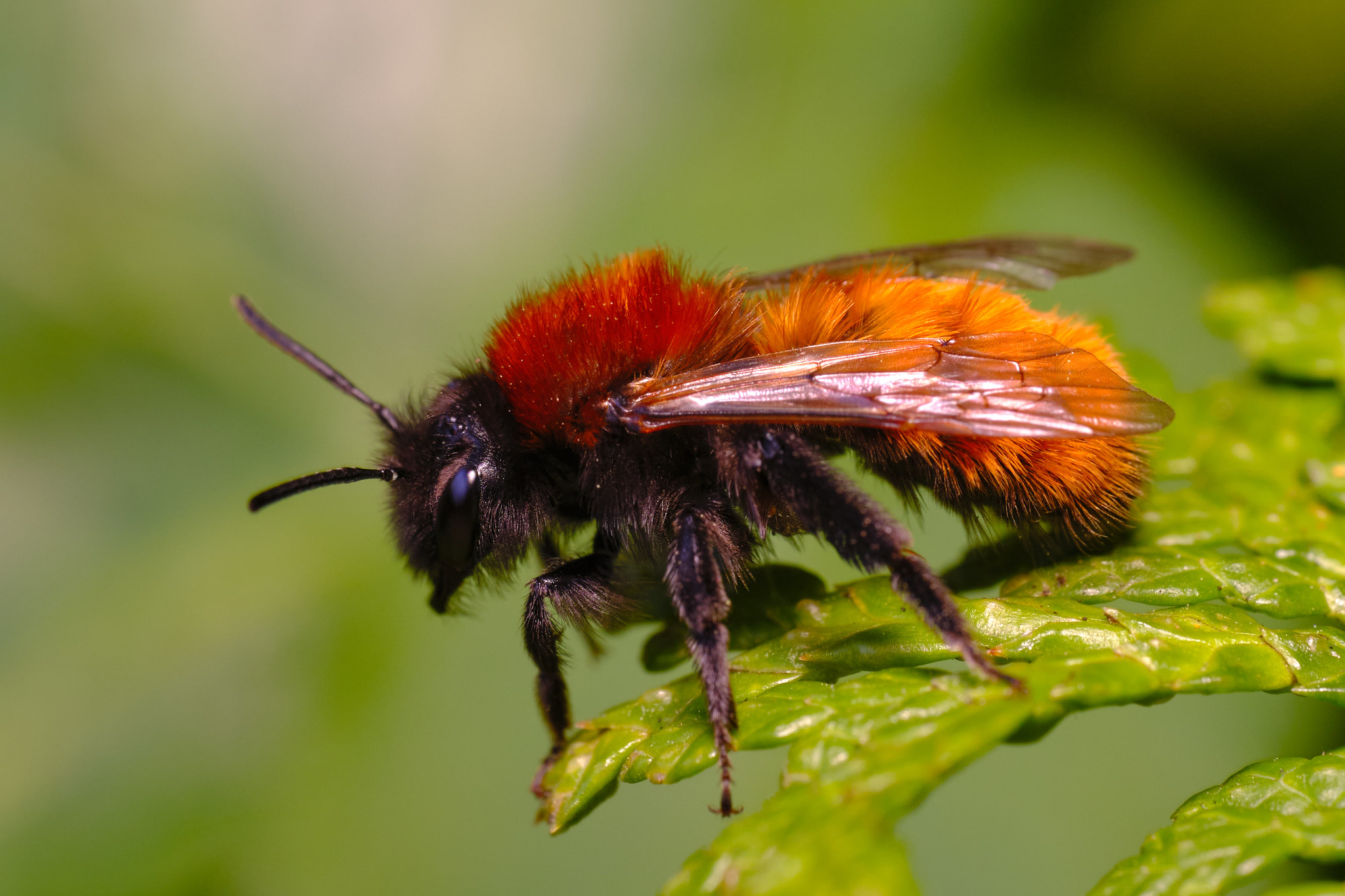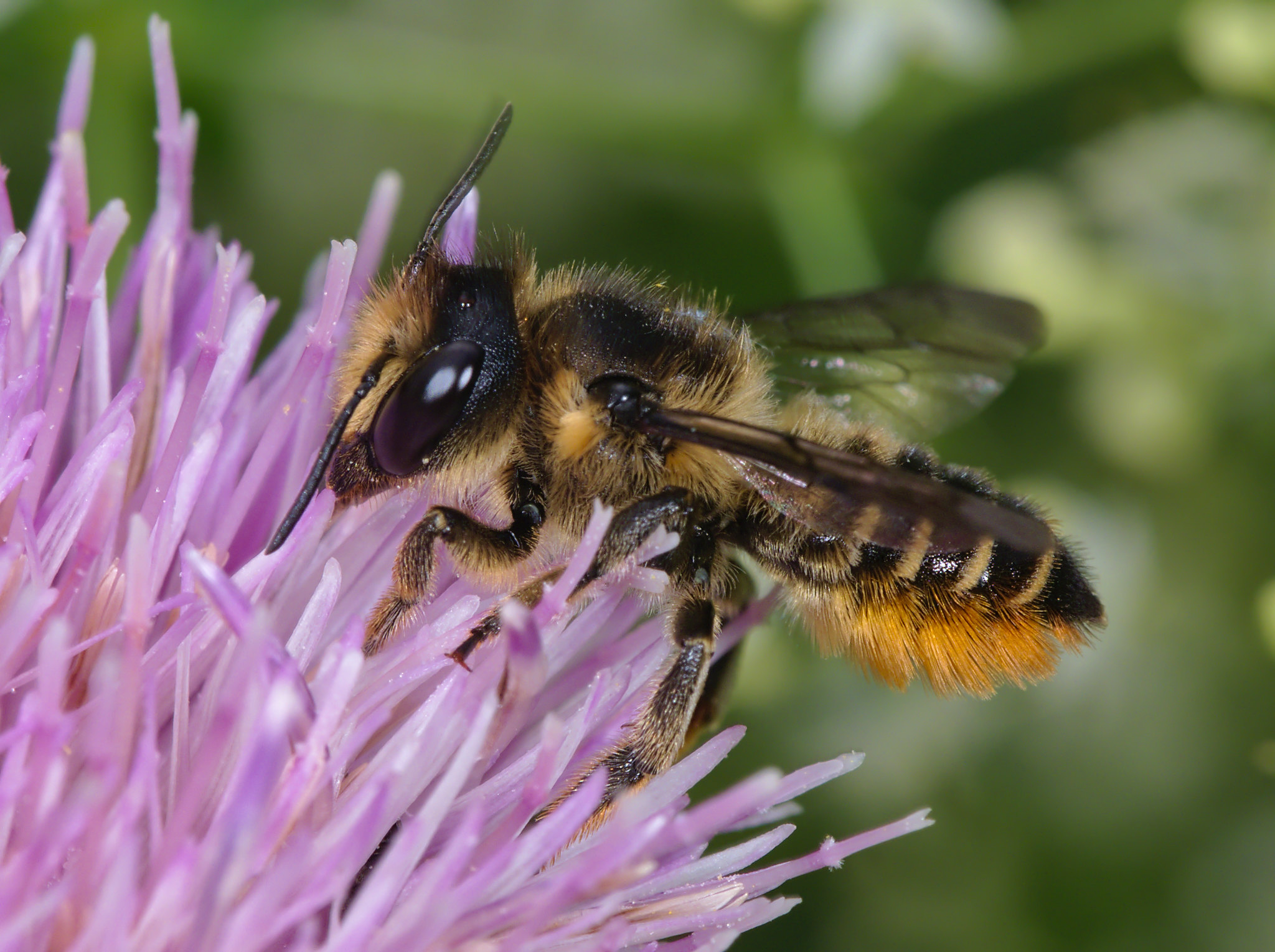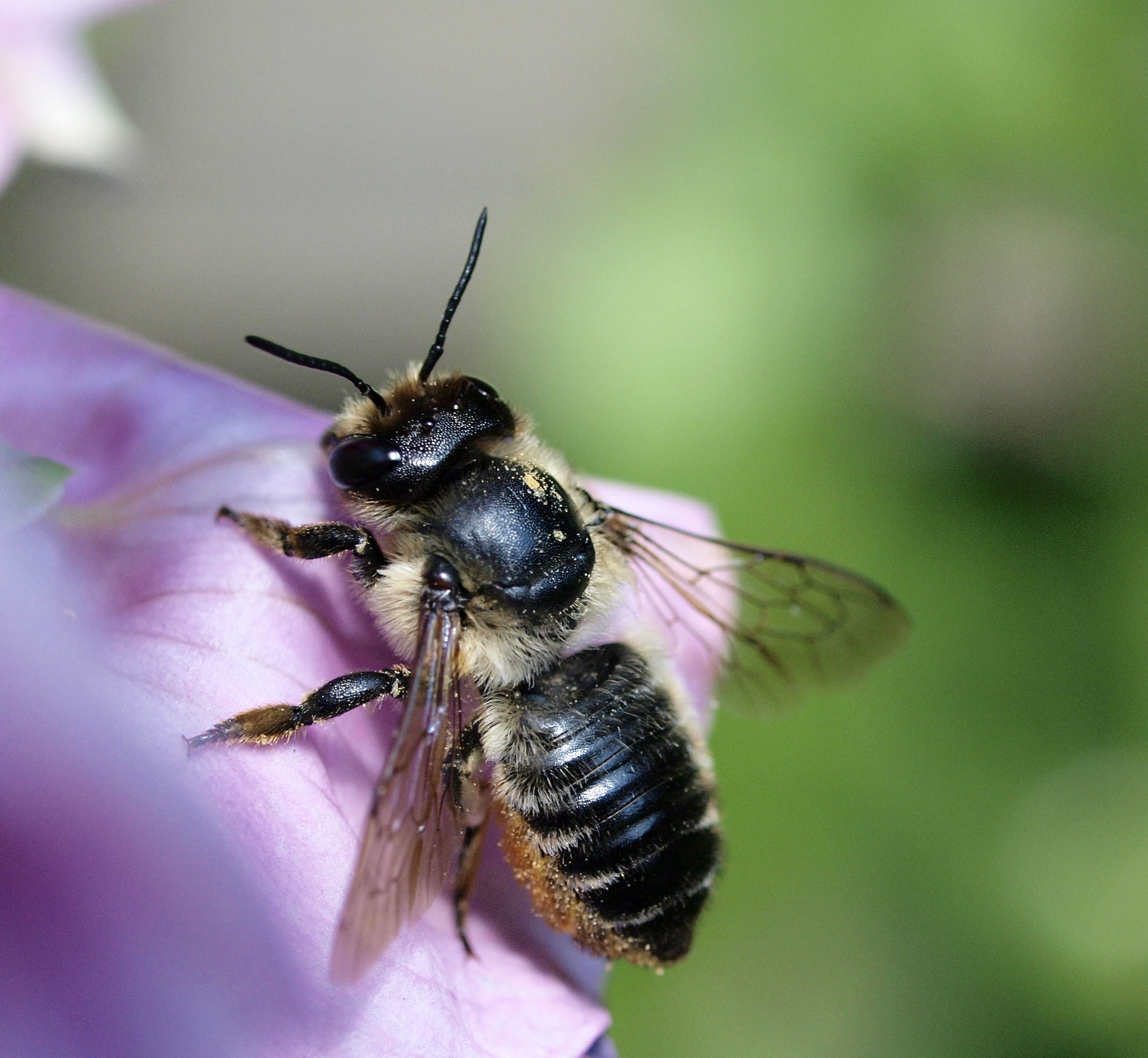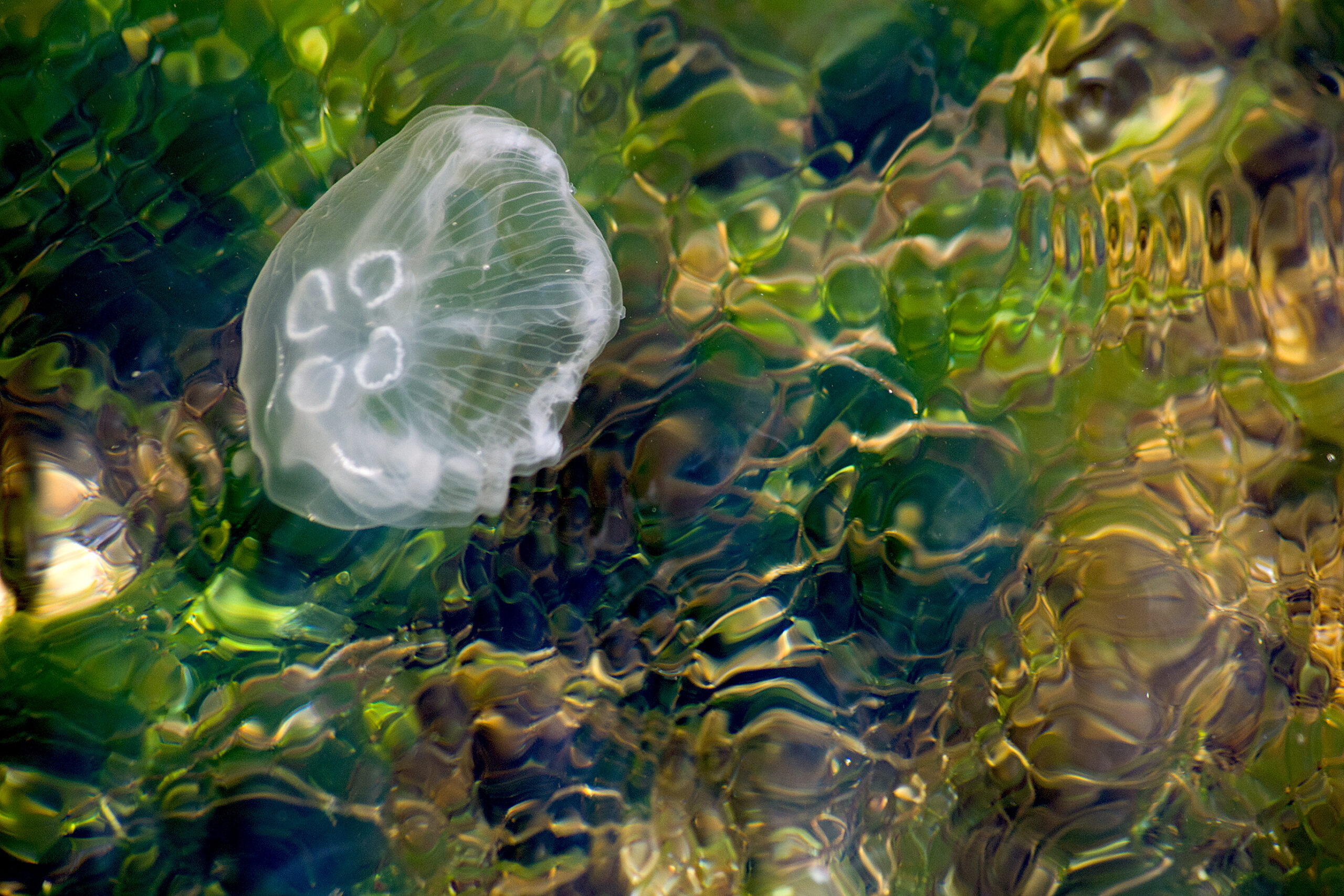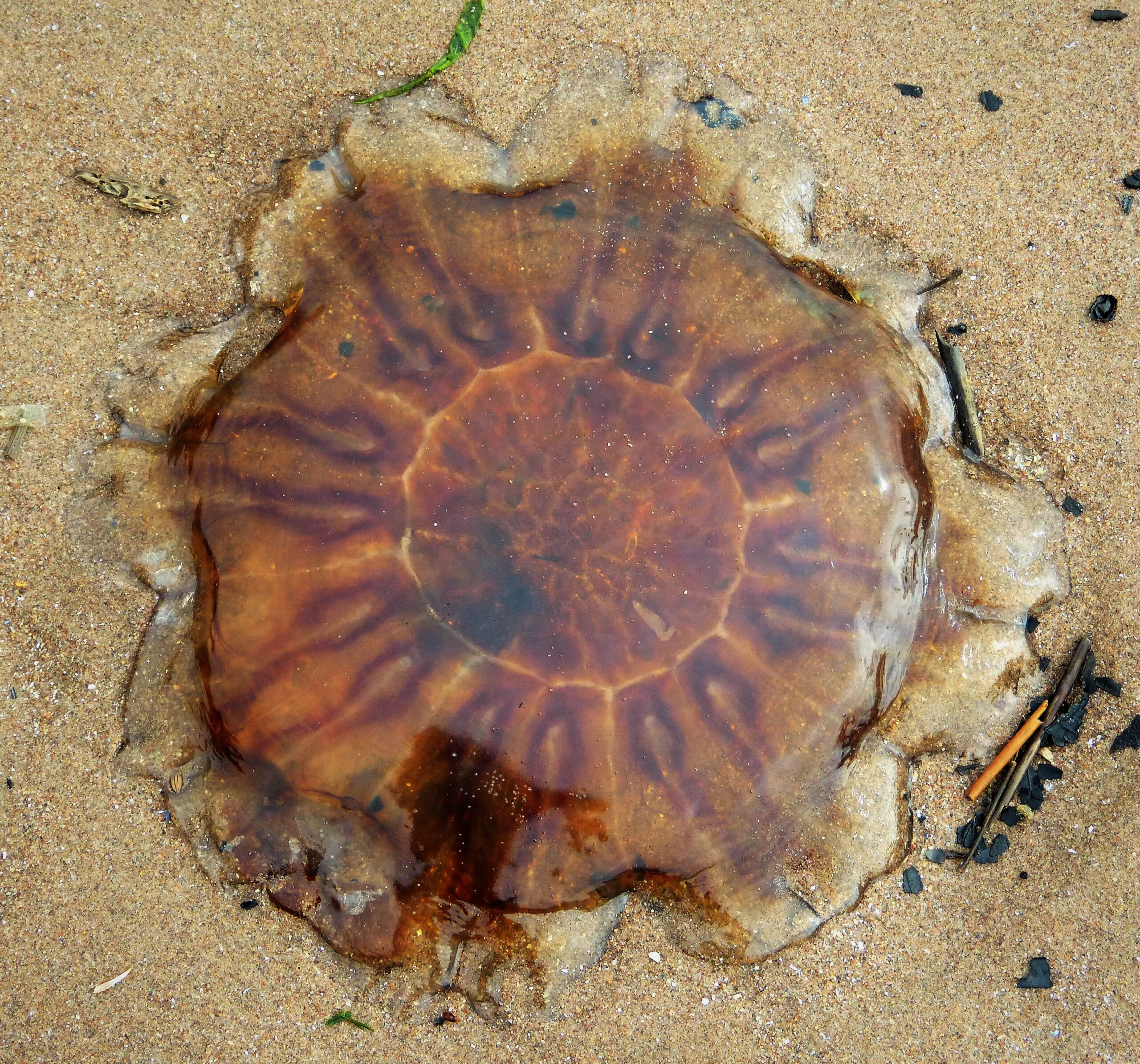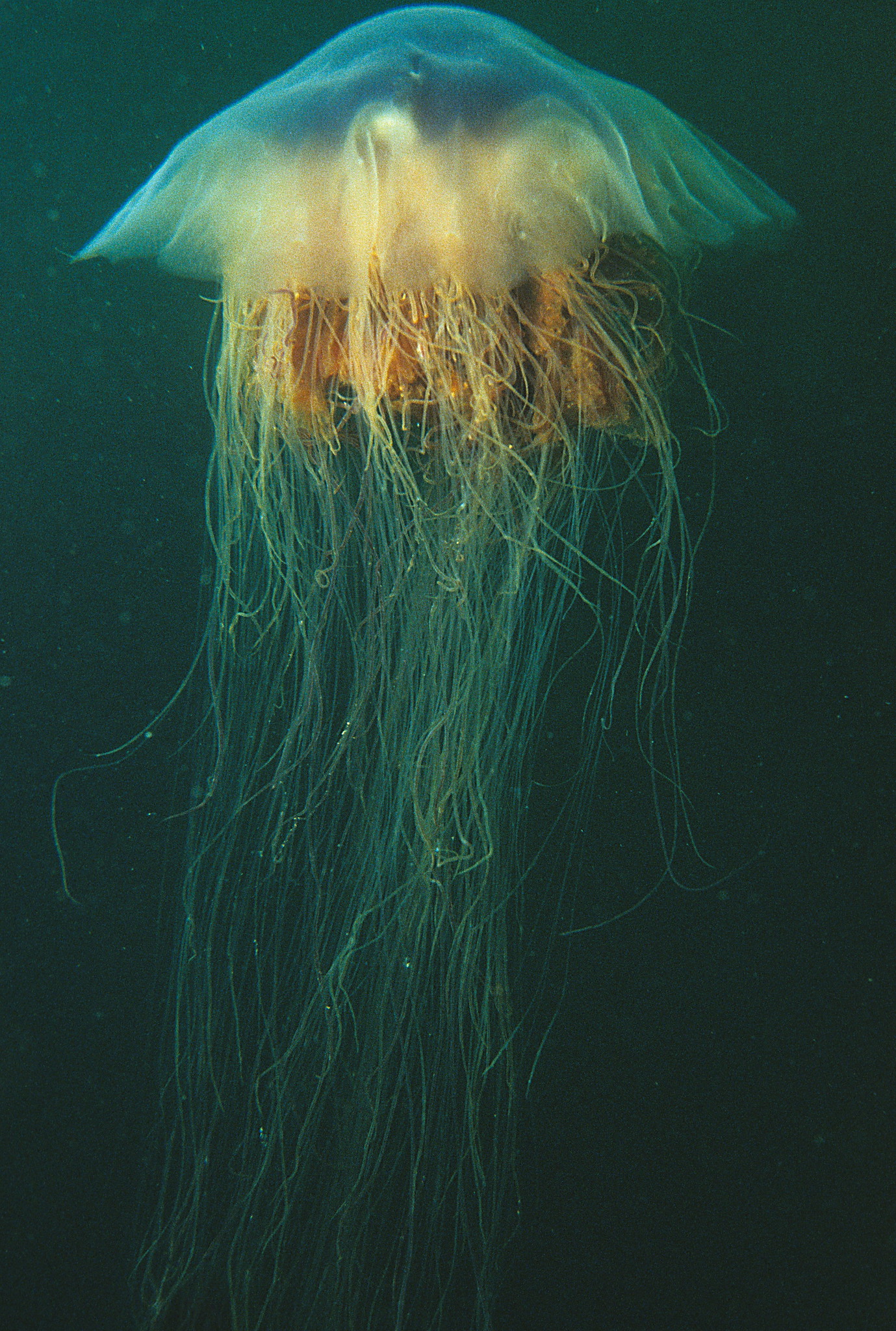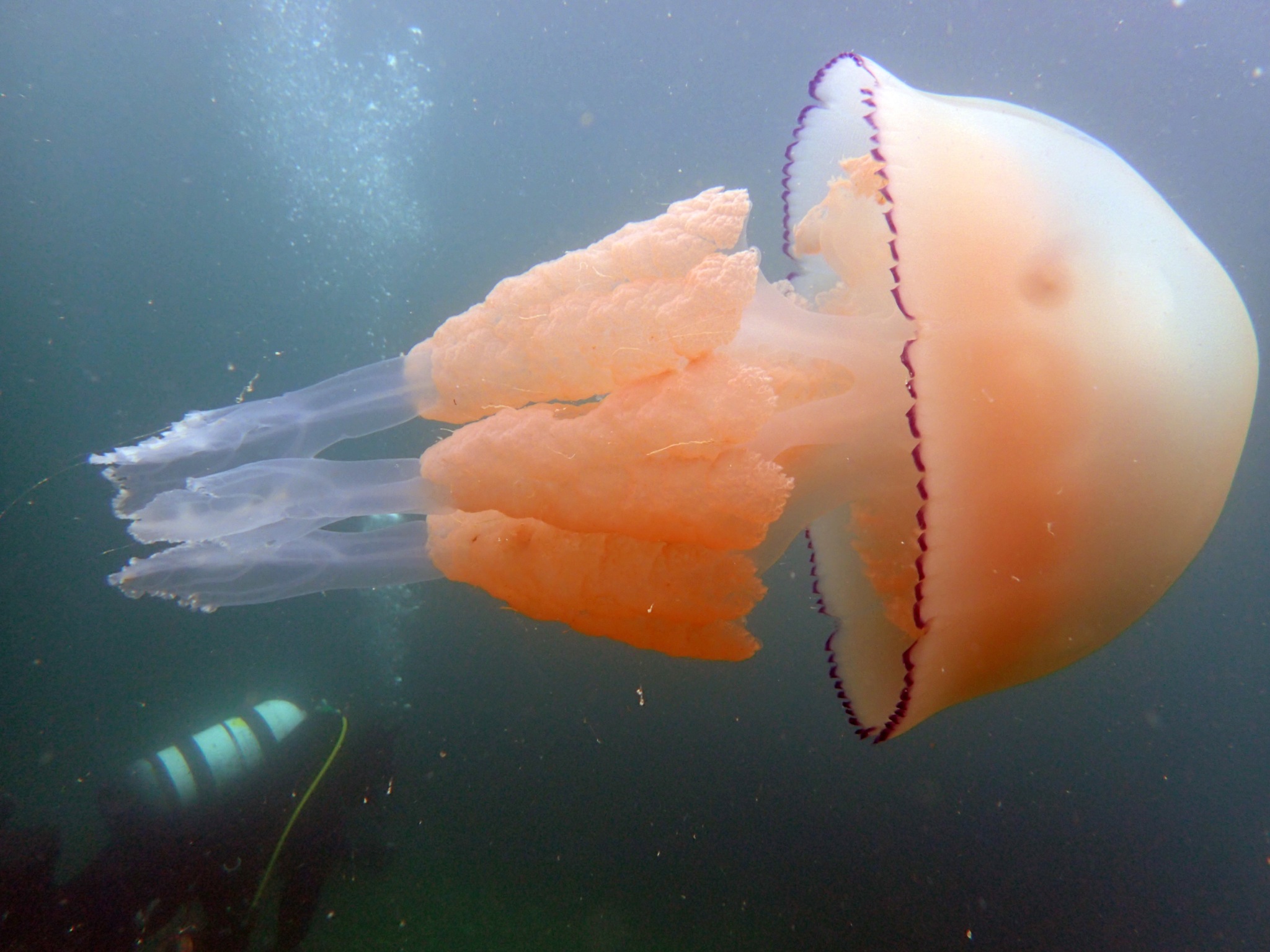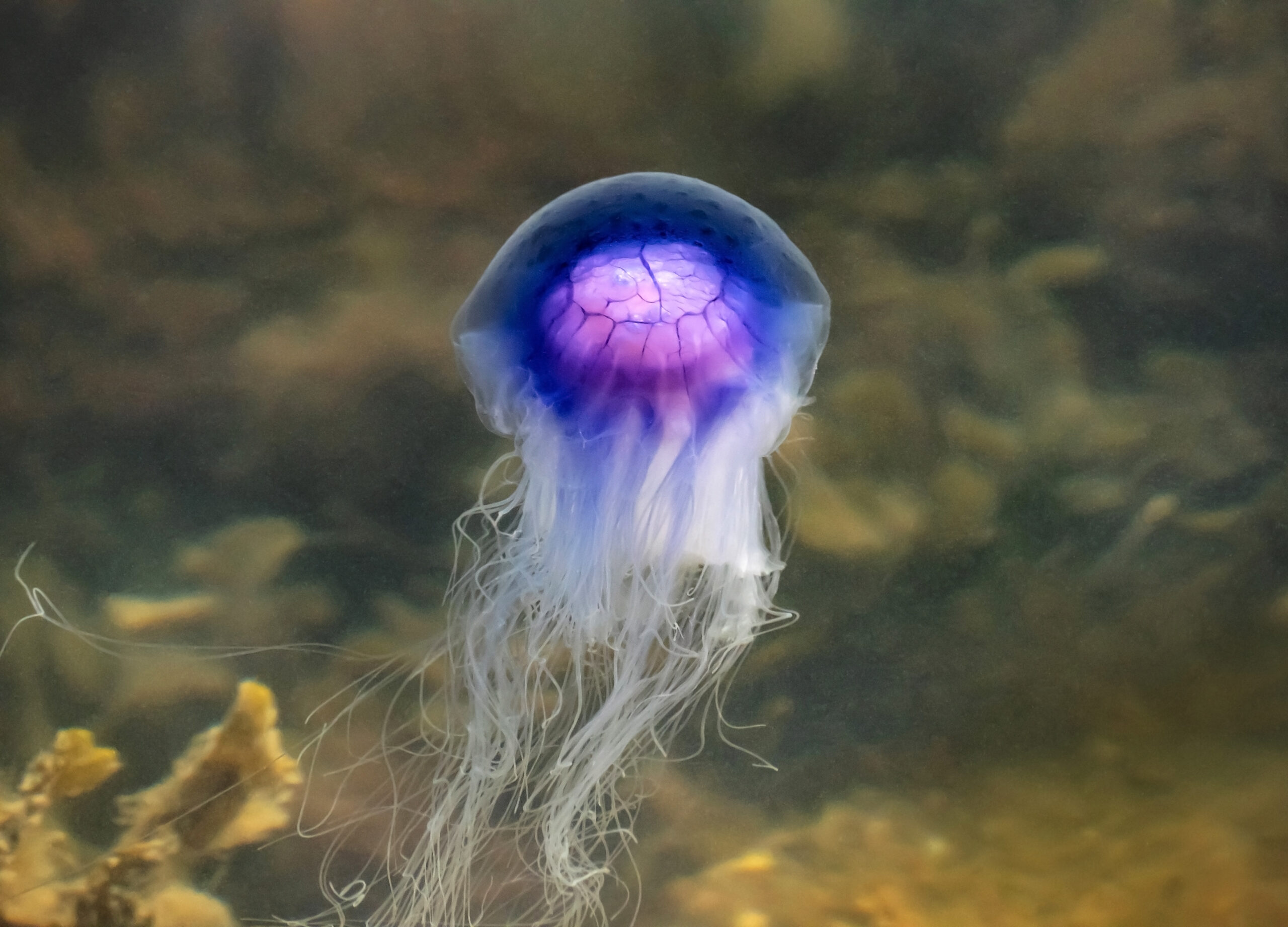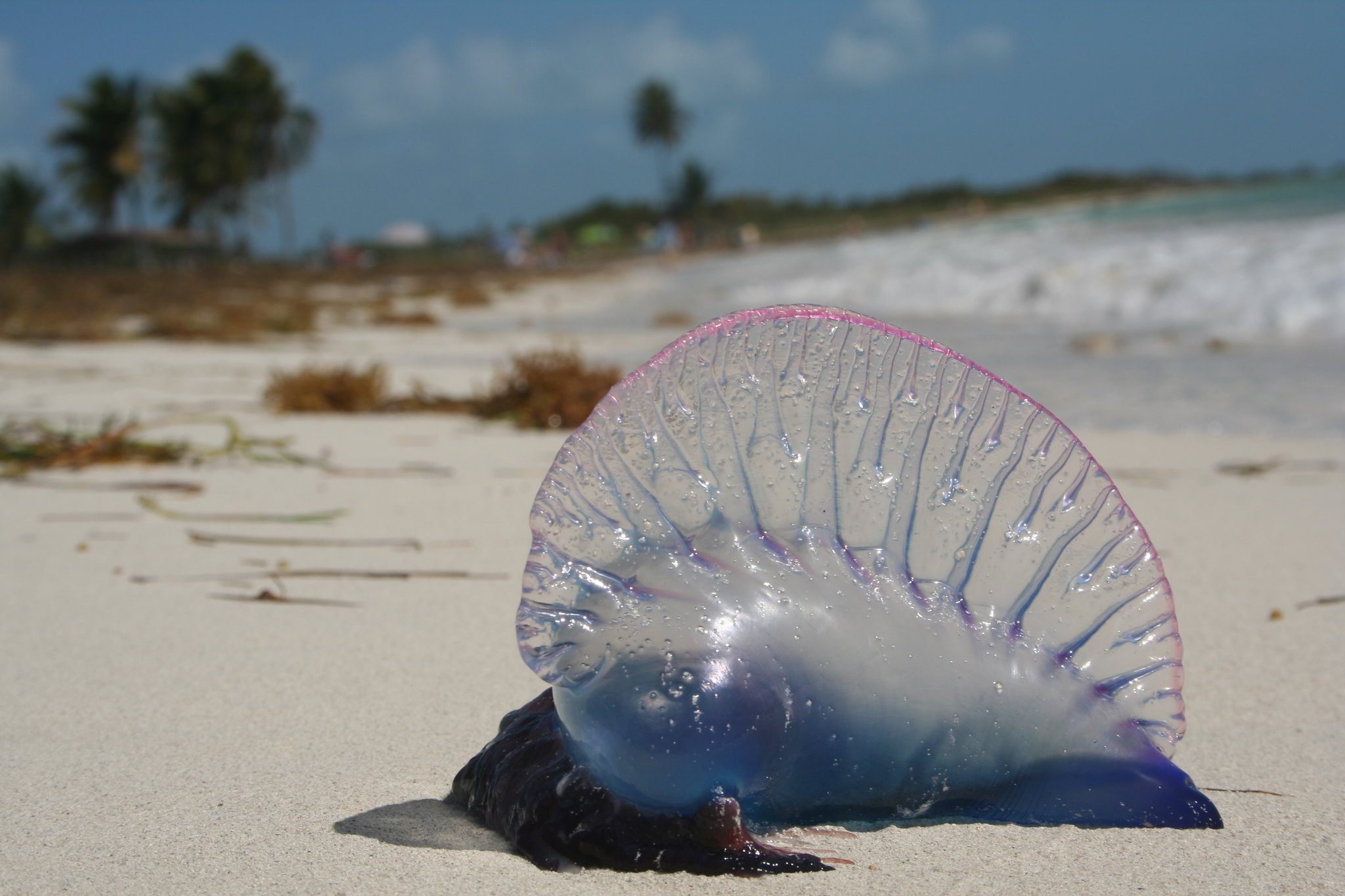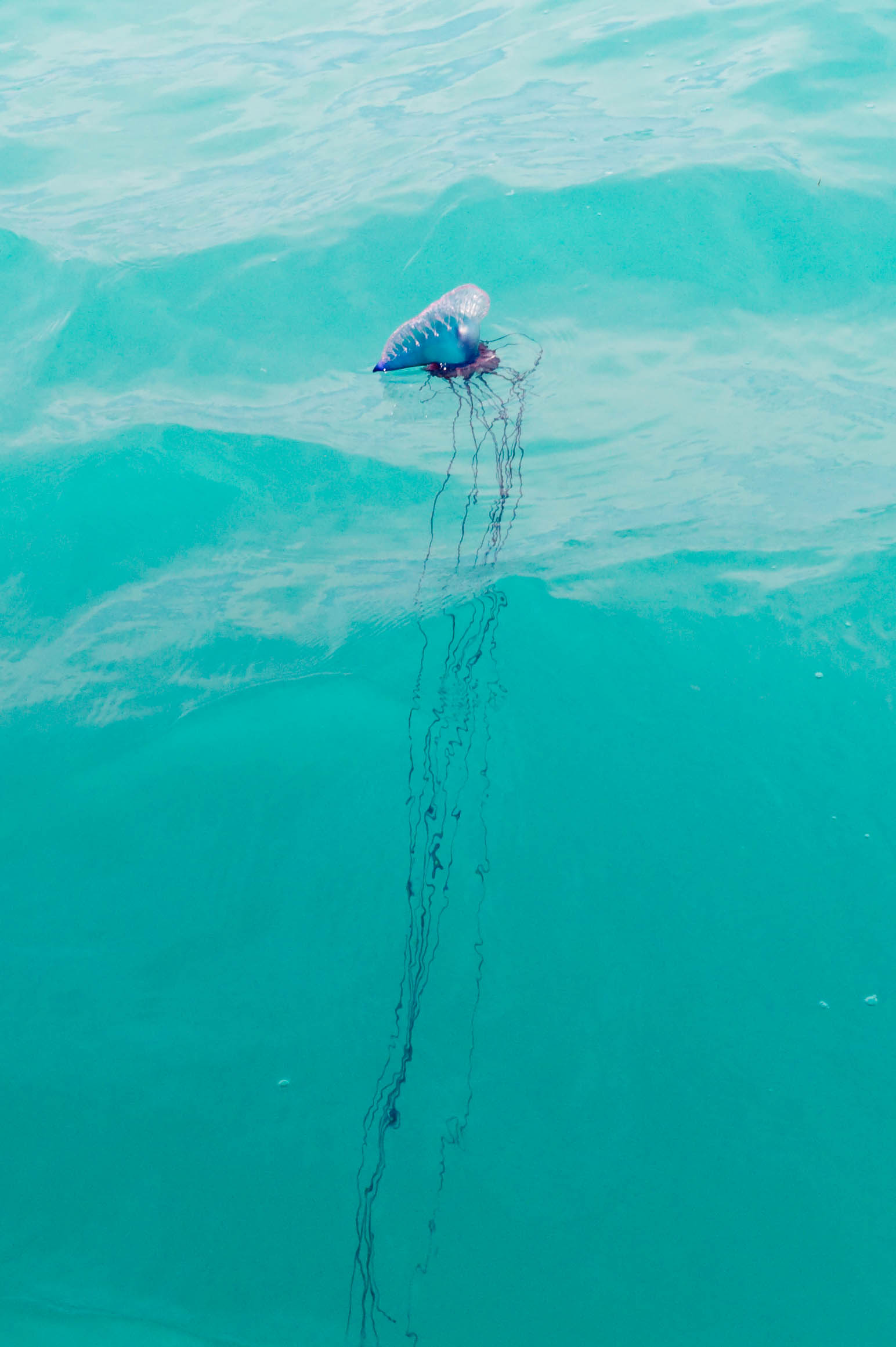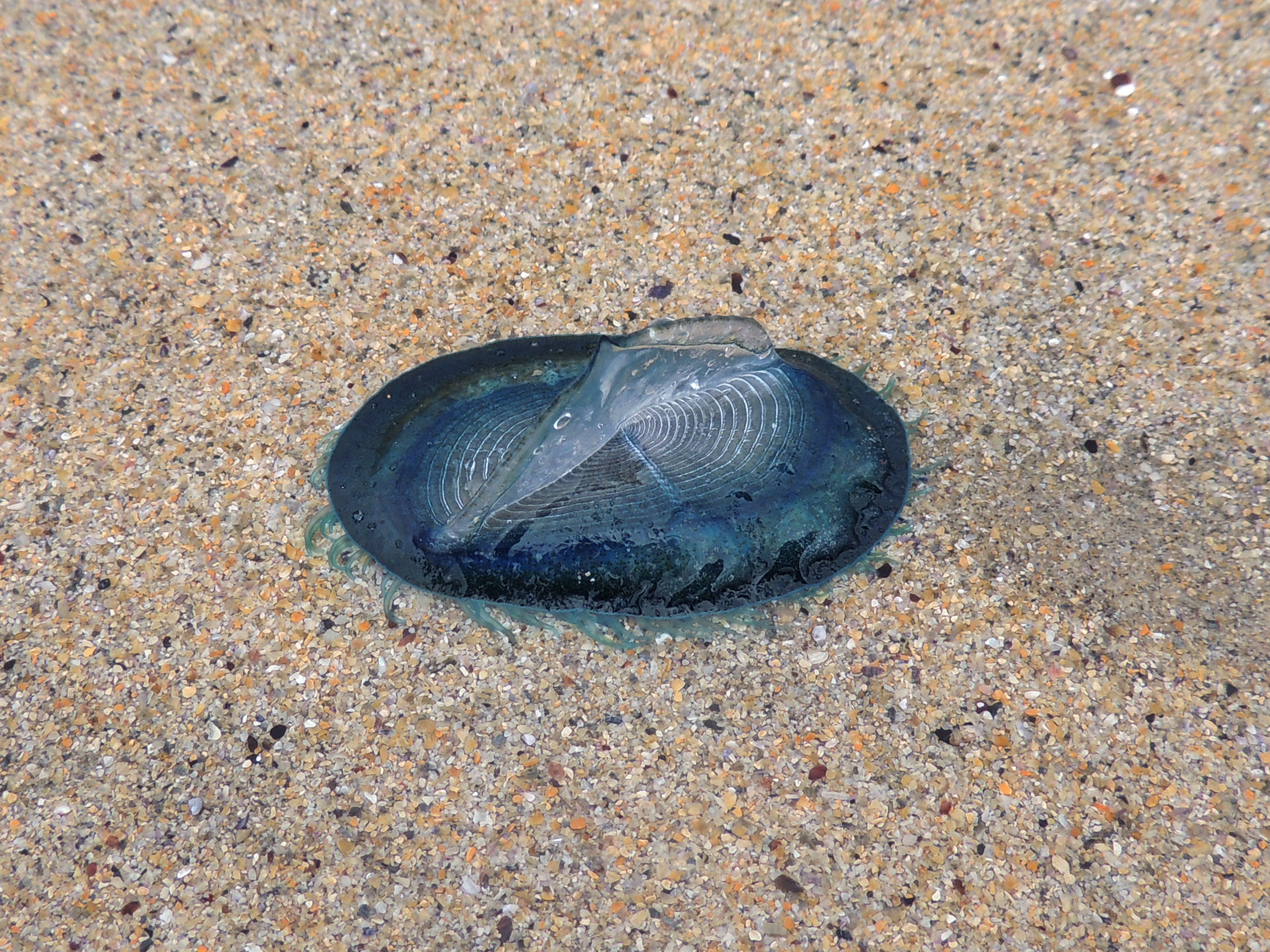The UK boasts a rich and diverse fungal kingdom, from spongy puffballs to otherworldly slime moulds and foul-smelling stinkhorns – among these edible treasures lurk several deadly species, capable of causing serious illness and even death. In this blog, we will explore some of the most notorious poisonous mushrooms in the UK.
This blog is for educational purposes only and should not be considered a definitive guide to mushroom identification. Always consult with a professional before consuming any wild mushrooms.
Fly Agaric (Amanita muscaria), also known as Fly Amanita
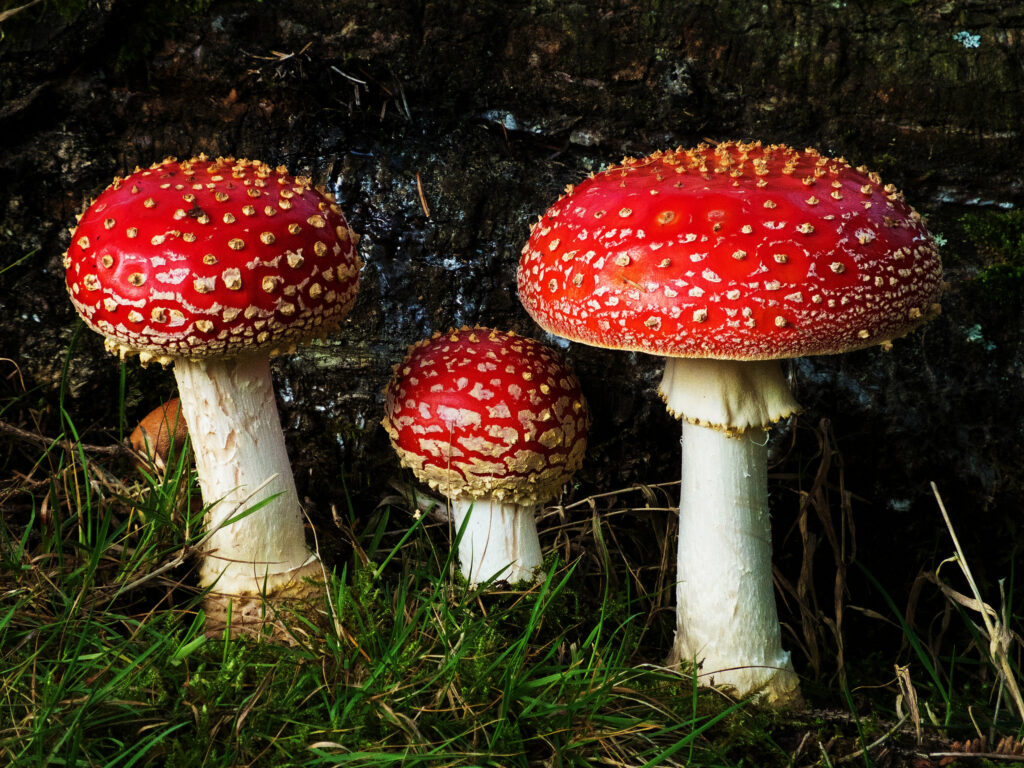
Commonly depicted in fairy tales, artwork and film, Fly Agaric is a familiar image that comes to mind when one thinks of fungi.
Identification: These common mushrooms are most readily identified by their contrasting bright red (or in some cases, orange) cap and white flesh. The cap can reach 20cm across, is initially hemispherical in shape before opening flat as the mushroom matures and is often accompanied by white spots or ‘warts’ that can be washed off with rain – a remnant of the ‘egg’ covering. On the underside, the gills are closely packed together and are not joined at the stipe – a brittle, bright white stalk. The stipe features a large white skirt that may have yellowed edges, and at its base is a bulbous volva (a cup-like structure) covered with shaggy, scaled rings. Spores are oval and white. Fly Agaric are widely distributed across heathland and moorland from August to December, and show a preference for light soils among birch, pine or spruce trees with which they form mycorrhizal associations.
Toxicity: Reported symptoms of Fly Agaric poisoning can vary greatly, but primarily, this mushroom causes hallucinations, psychosis, diarrhoea and digestive upset. It can be mistaken for the Blusher (Amanita rubescens), an Amanita which has a similar shape, and a pale red-brown cap with cream spots.
Fungi fact: This species was traditionally used as an insecticide – where the name Fly Agaric originated. Ibotenic acid within the toadstool attracts flies and subsequently kills them, which led to its use as a medieval fly trap, where it would be broken up and sprinkled into milk. It has also been used in Siberian civilisations, where it has been consumed for religious and recreational purposes for millennia.
Panthercap (Amanita pantherina)
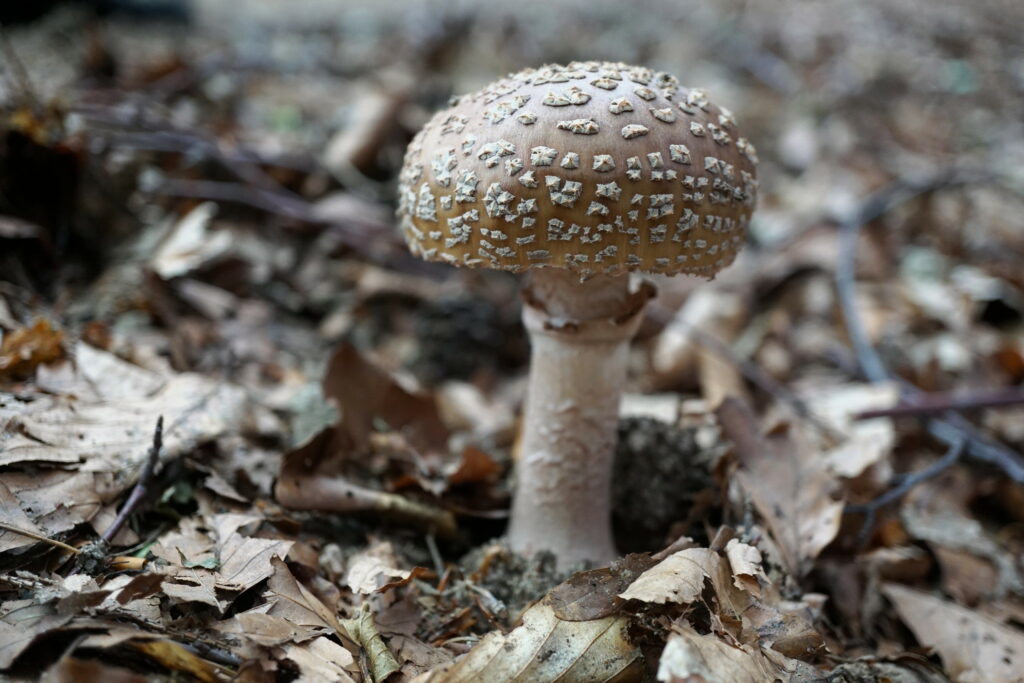
The Panthercap is another distinctive member of the Amanita family, and is strikingly similar to its vibrant cousin, Fly Agaric.
Identification: This poisonous toadstool is not particularly common in Britain, but can be found from July to November in broadleaved woodland, where it forms ectomycorrhizal relationships with beech and oak trees. It can grow up to 14cm in height, with a cap width of around 12cm for mature specimens. The cap itself flattens with age, appears dark brown to slightly red in colour, and is usually covered with thick white ‘warts’ or spots. Underneath the cap, the crowded white gills are free from the stipe and produce white spores that are broadly ovate in shape. The white stipe typically appears smoother towards the top and shaggier under the skirt, which is generally smooth and white. The flesh inside the stipe and cap is hollow and white.
Toxicity: Panthercaps toxins can result in suppression of the central nervous system, involuntary muscle movement, hallucinations, gastrointestinal upset and an increased heart rate. These toadstools may be mistaken for the Blusher, as well as the Grey Spotted Amanita (Amanita excelsa) which can be distinguished by striations on the upper surface of the skirt.
Funeral Bell (Galerina marginata)
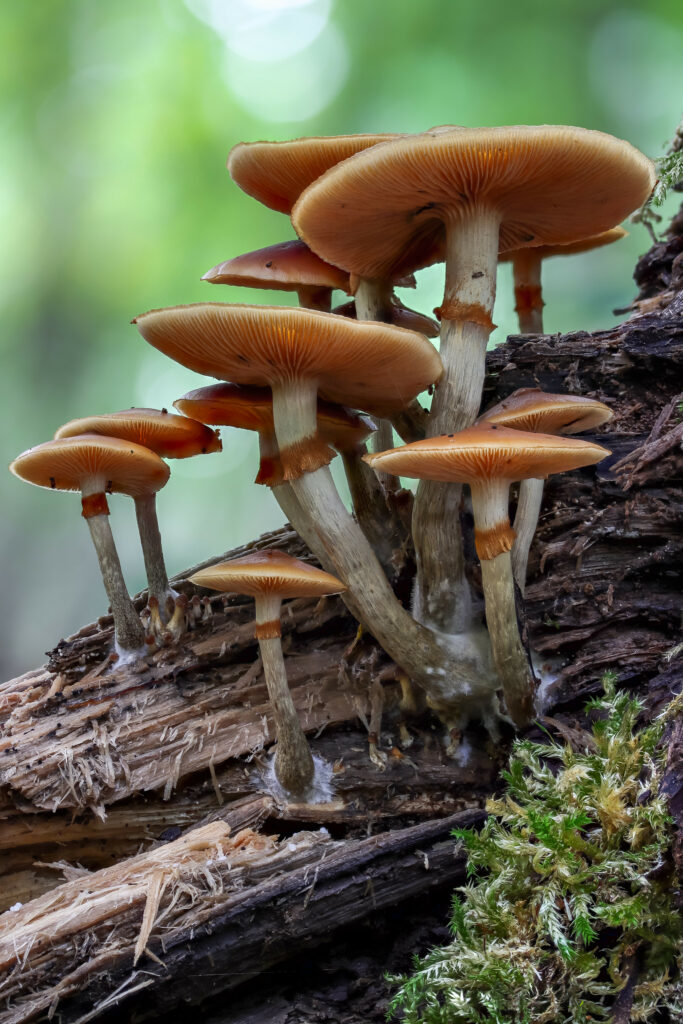
A highly toxic little brown mushroom, the Funeral Bell can quite easily be mistaken for other edible species. It can be found fruiting in clusters on woodchips, dead rotted wood and coniferous/deciduous tree stumps from August to November.
Identification: Funeral Bells can grow up to 7cm in height, with a cap diameter of approximately 6cm. The cap can be pale yellow or brown in colour, or orange in some cases, and the edges are usually lighter than the centre. Pale tan to red/brown gills on the underside of the cap are relatively crowded and are broadly attached to the stipe, occasionally running down it slightly. The fibrous stipe can be found in varying colours, from pale tan to dark brown, which depends largely on maturity, and it has a small membranous skirt, with pale, thin flesh that darkens as the fruit matures. Spores are brown in colour.
Toxicity: Funeral Bells have the same toxins as Death Caps and Destroying Angels – when ingested, these compounds cause gastrointestinal upset within 24 hours, before suddenly resolving. Symptoms return shortly after this and quickly progress into organ failure and eventual death. The Funeral Bell can be easily mistaken for other little brown mushrooms and has been mistaken for Velvet Shank in the past – easily distinguished by a black velvety stem and the absence of a skirt.
Fungi fact: One single mushroom contains enough toxin to kill an adult human.
Deadly Webcap (Cortinarius rubellus)
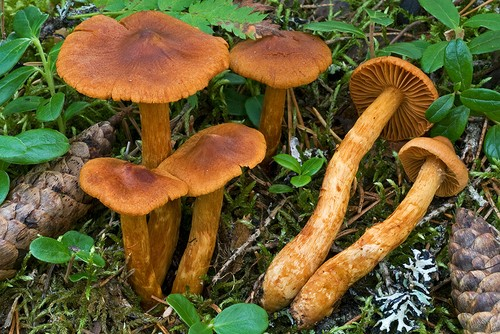
Although rare in the UK, Deadly Webcaps can be found in coniferous pine and spruce woodland, growing among heather or bilberry from August to November.
Identification: On average, these mushrooms grow to 8cm in height, with a cap width of up to 6cm. Young caps start with a convex shape, before maturing into an umbonate form with a raised and slightly pointed centre. The cap colour can range from reddish brown to orange and the surface may appear hairy or scaly. On the underside, gills can be orange, brown or red, often appearing paler on immature toadstools, and spore prints of this species are typically rusty brown. The gills themselves are fairly widely spaced and emarginate, joined to the stipe with a slight notch and younger specimens may have a pale, slightly orange, cortina (or veil with a cobweb-like structure) that cover them. The stipe can vary in colour and has a slightly bulbous lower half, tapering towards the base.
Toxicity: Following ingestion, symptoms can take up to two weeks to develop, manifesting as digestive upset and interruptions of the central nervous system, soon followed by kidney and liver failure.
Fungi fact: Deadly Webcaps are reported to have a scent reminiscent of radish.
Death Cap (Amanita phalloides)
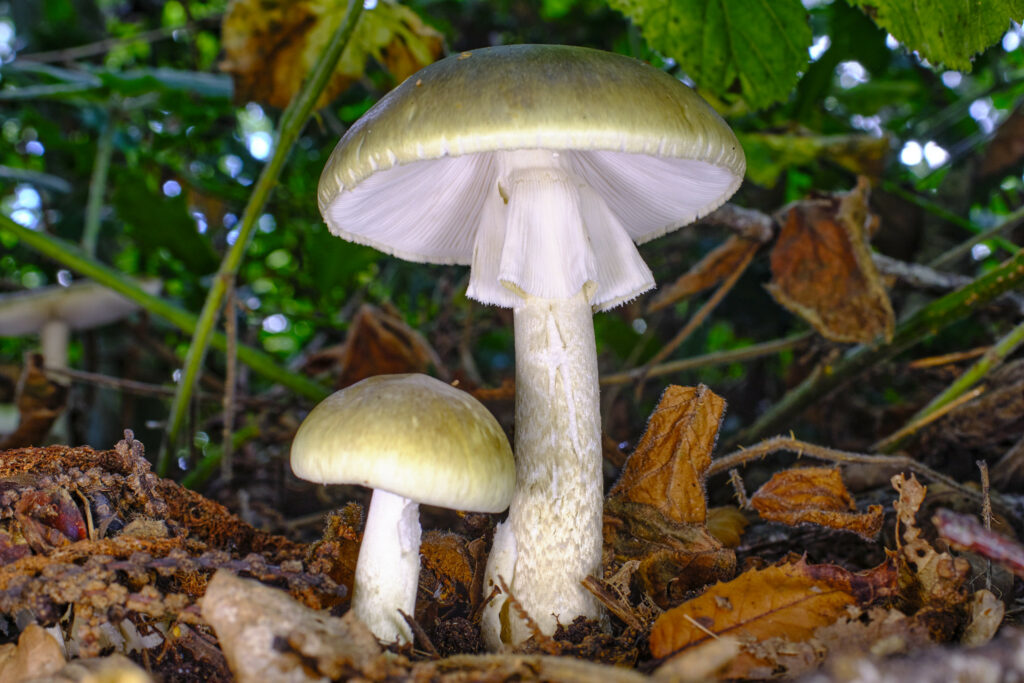
Death Caps are fairly common in broadleaved and mixed deciduous woodland with oak and beech trees, where they can be found in widely spaced groups from July to November.
Identification: On average, these mushrooms grow to around 15cm in height. They begin with a convex cap that flattens as it matures and can be olive yellow to green-bronze in colour – depending on the age of the fruit, a white cap may also be observed. The cap is often darker in the middle and has radiating fibres that give a streaked appearance. Underneath, the gills are broadly spaced and are free of the stipe, appearing white, cream or pink in colour, which changes as the fungus matures. The stalk is generally off-white in colour with a clearly striated skirt and an obvious deep volva. Death Cap spores are white and elliptical in shape.
Toxicity: Death Cap poisoning starts with gastrointestinal symptoms several hours after ingestion. These symptoms can last for days before a brief recovery, after which the liver and kidneys fail resulting in death in most cases. This deadly mushroom can easily be mistaken for a number of edible varieties but can easily be distinguished by a sickly-sweet smell.
Fungi fact: Death Caps have caused the most fatalities from mushroom poisoning in the UK and are known as the world’s most deadly fungus. It has been used as a murder weapon for millennia, and there is no known antidote to its toxins.
Destroying Angel (Amanita virosa)
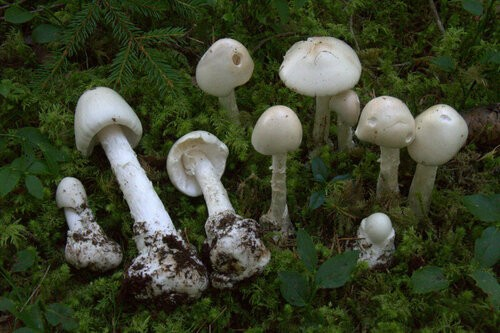
Destroying Angels are relatively uncommon in the UK but can be found in broadleaved and mixed deciduous woodland, especially those with Birch trees, from July to November.
Identification: Destroying Angels stand up to 14cm in height, with a cap width of 11cm. They are pure white in colour and start with a convex cap, before maturing to a conical shape and eventually lying flat. Underneath, the white gills are crowded and free of the stem, which has fibrous skin and a bulbous volva at the base. Destroying Angels have a skirt on the upper half of the stipe, which is fragile and may be missing or small in size – it is not striated and is also white in colour. The flesh inside the mushroom is pure white, and the spores are white globose. It is has an unpleasant sickly-sweet smell.
Toxicity: Symptoms – vomiting, diarrhoea and abdominal pain – begin several hours after ingestion and can last for several days before easing into a false recovery and eventual organ failure. Destroying Angels may be mistaken for edible Wood Mushrooms (Agaricus silbicola), which can be distinguished by the smell of aniseed and brown spores.
Fungi fact: Small mammals, including rabbits and squirrels, are known to consume Destroying Angels with no ill effect.

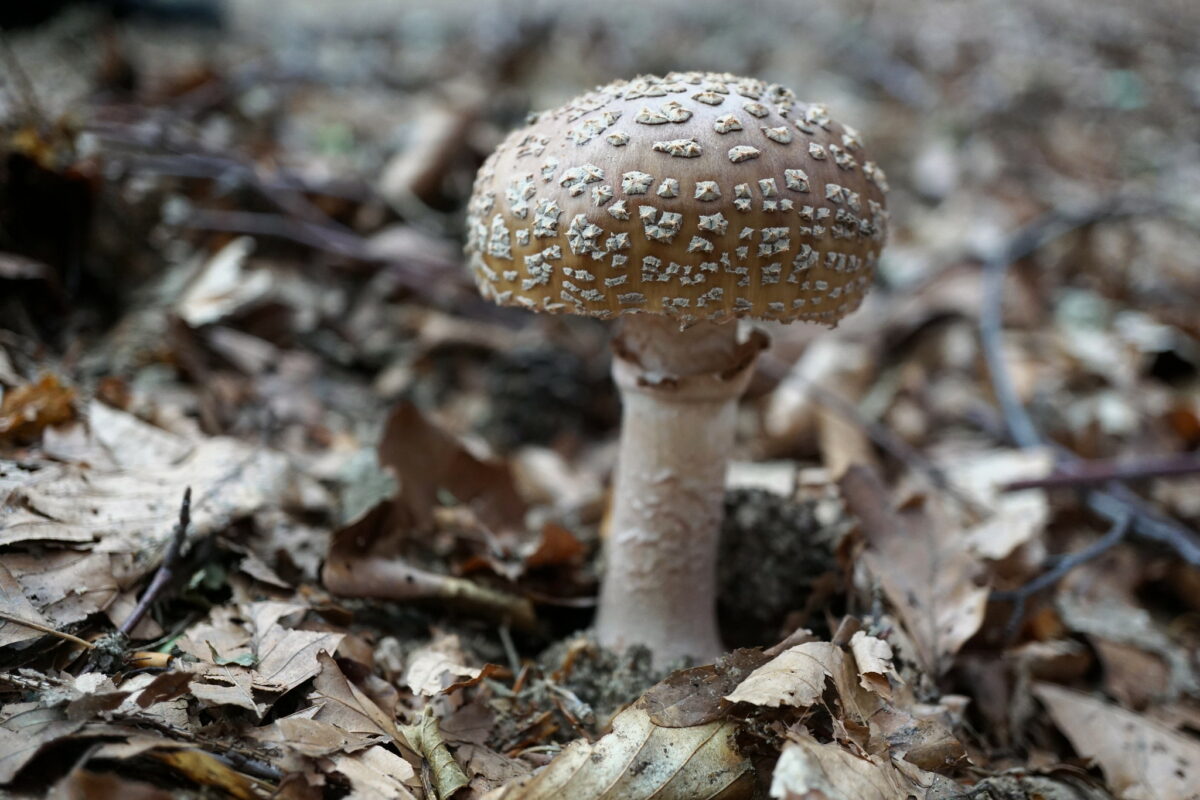
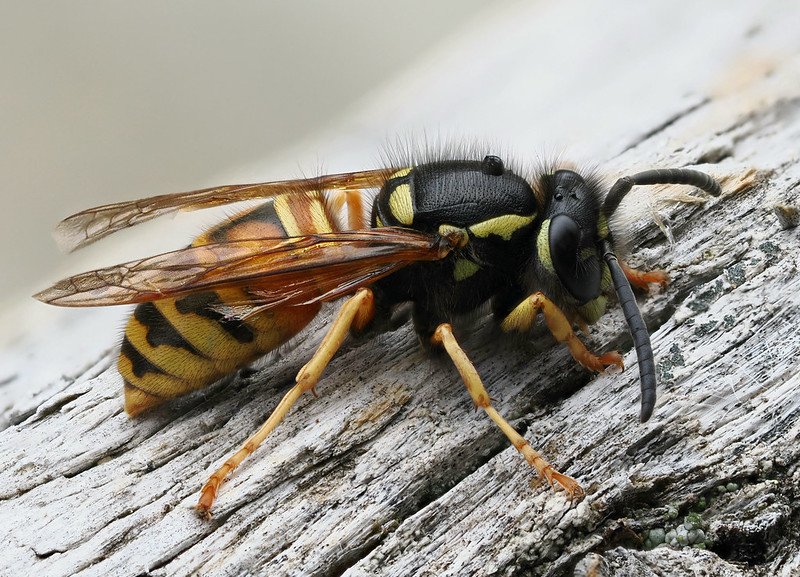
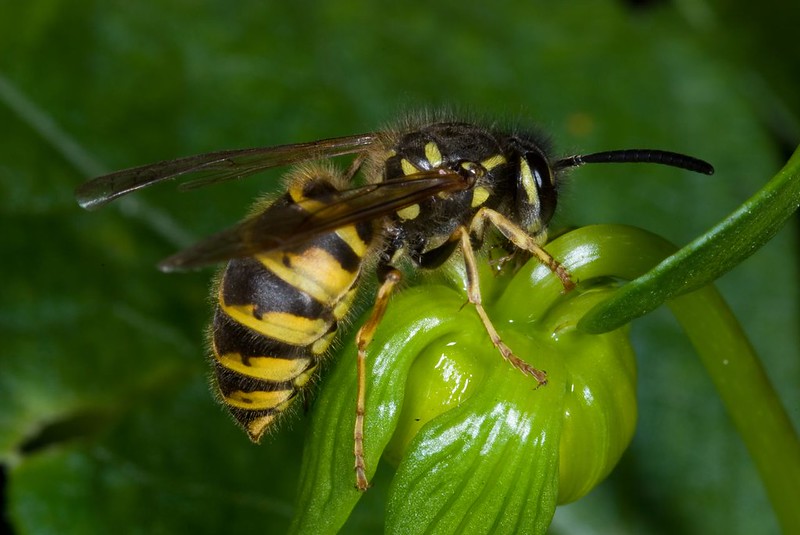
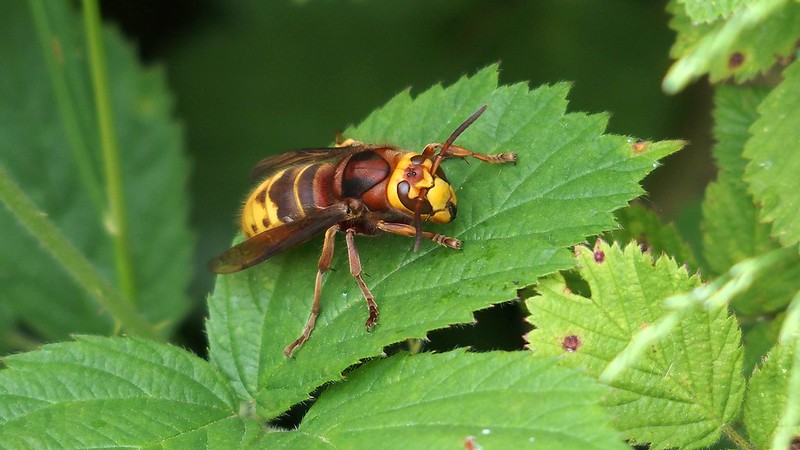
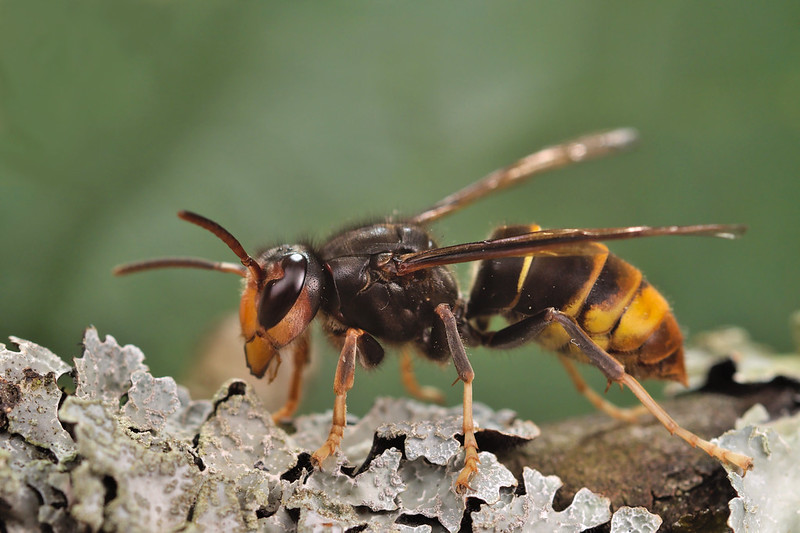

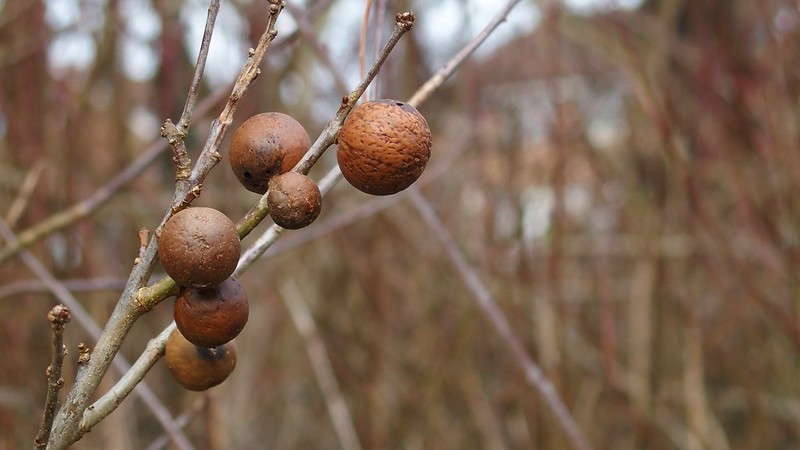

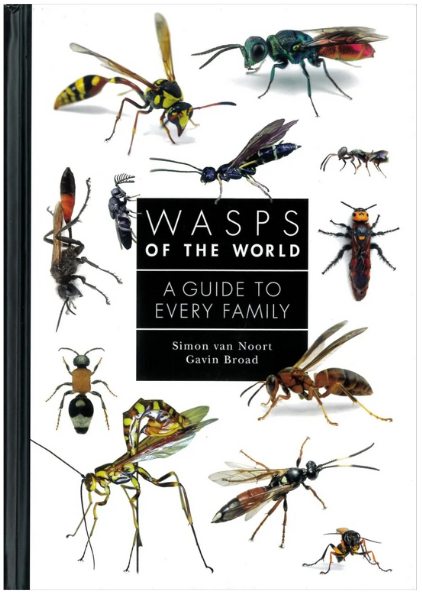
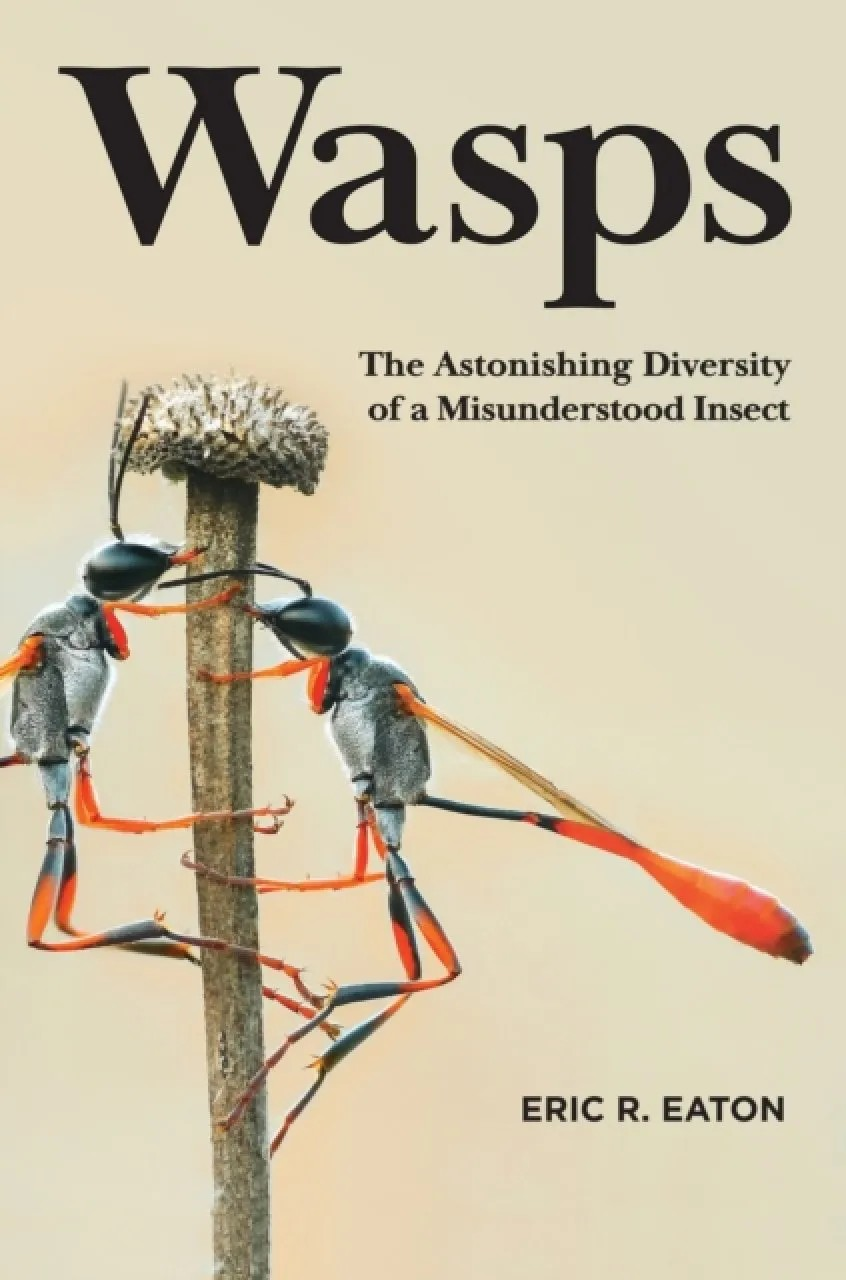
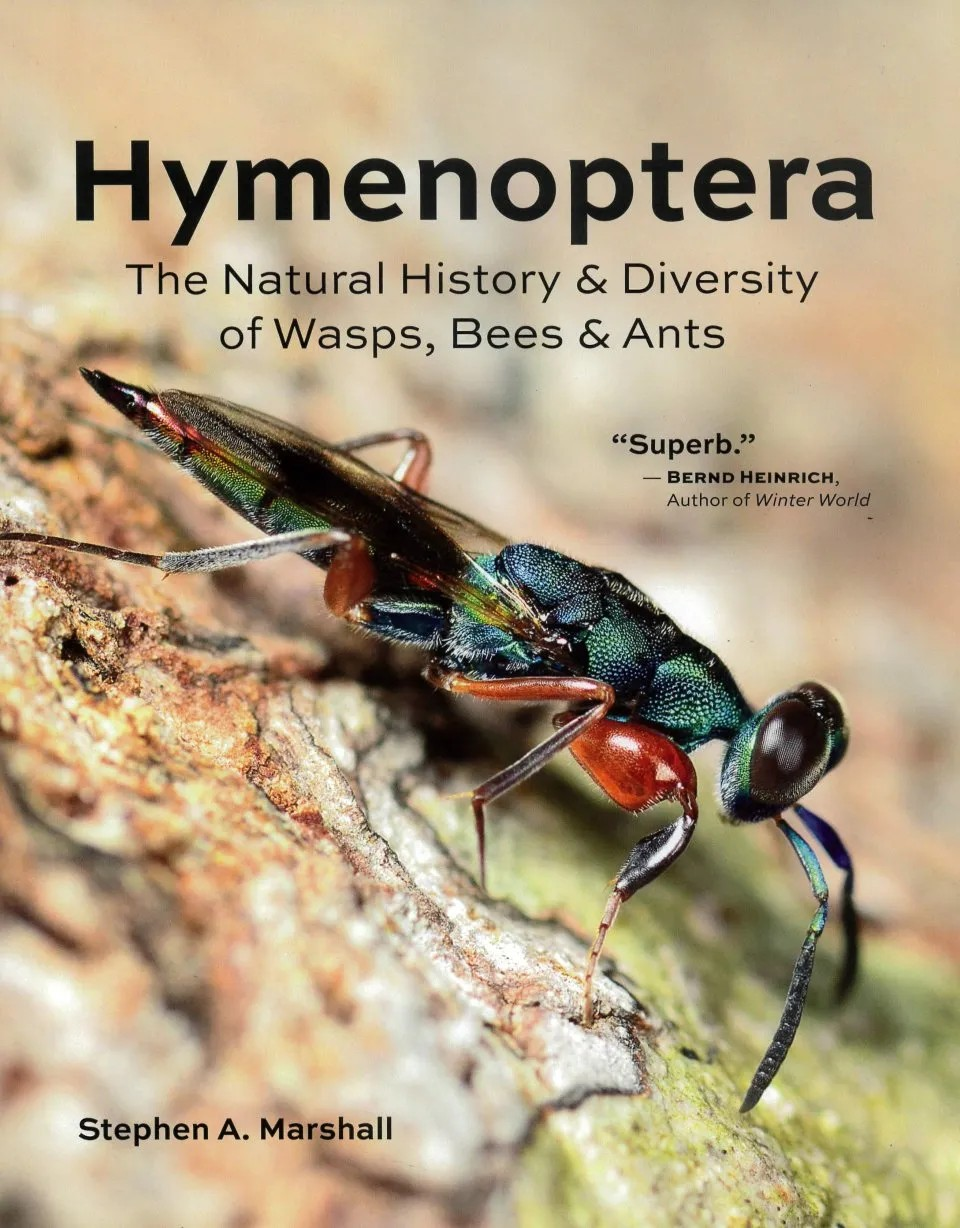
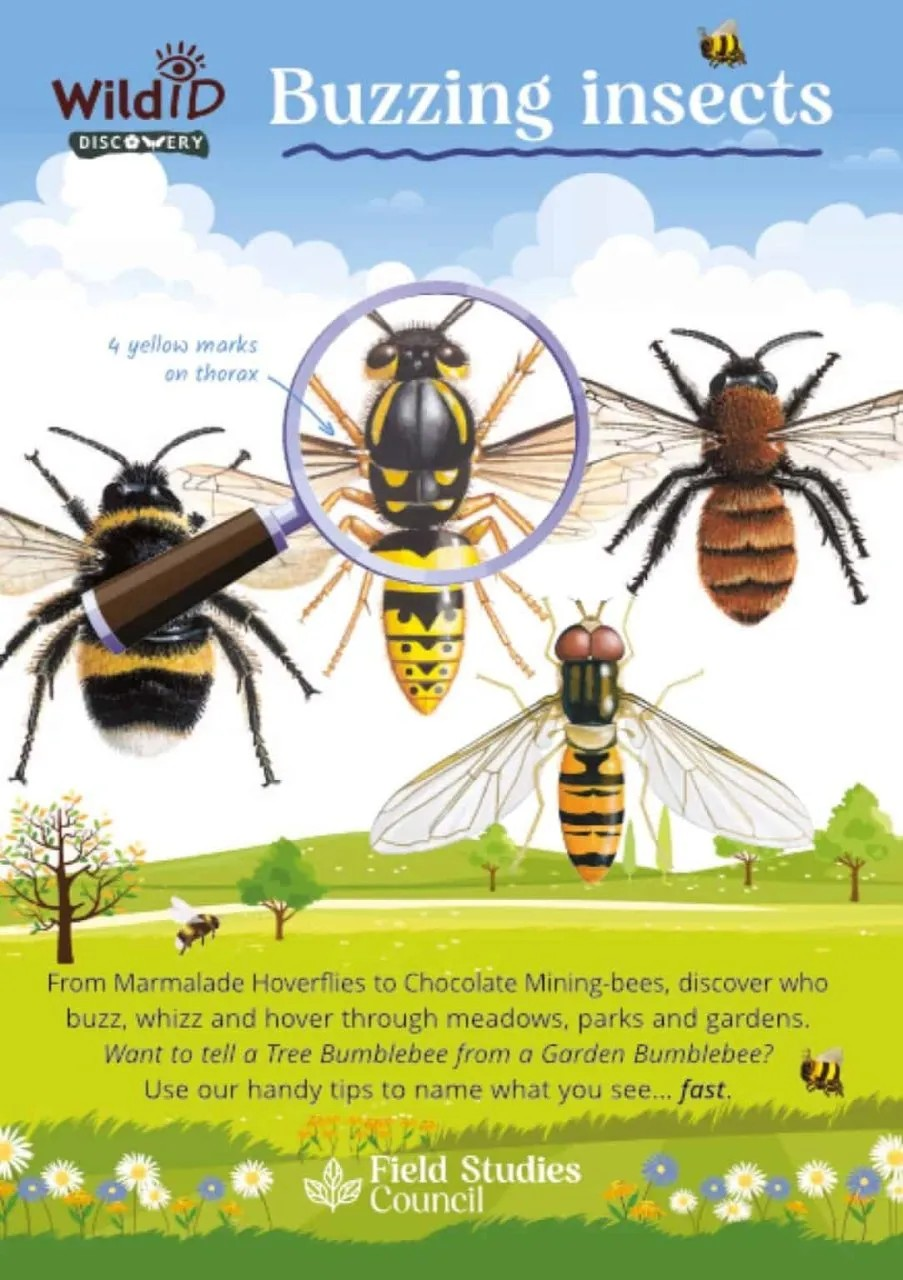
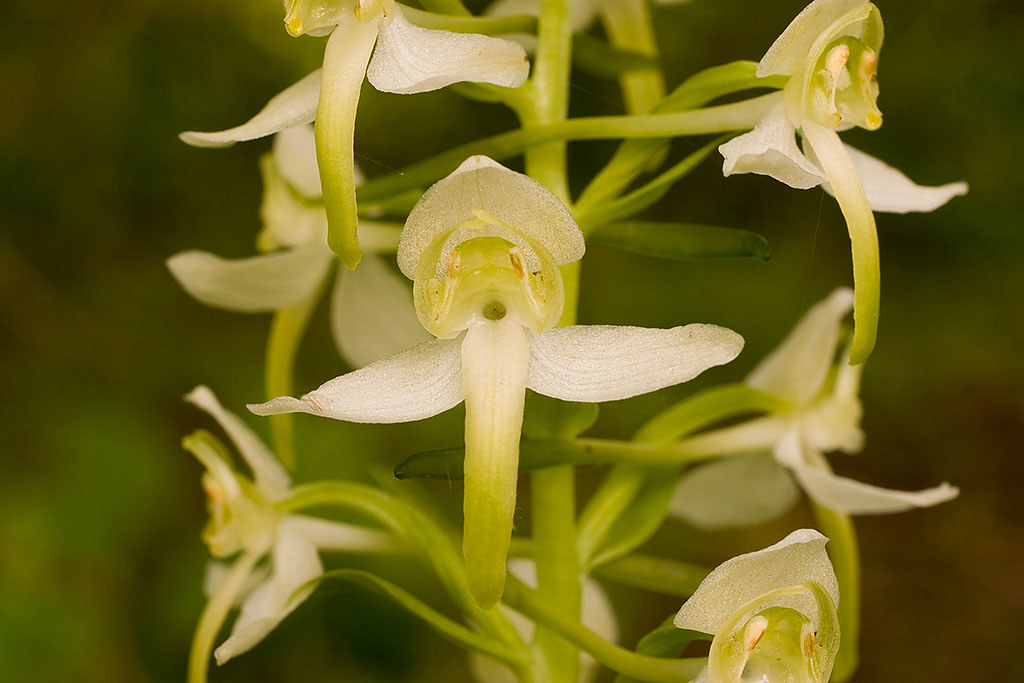

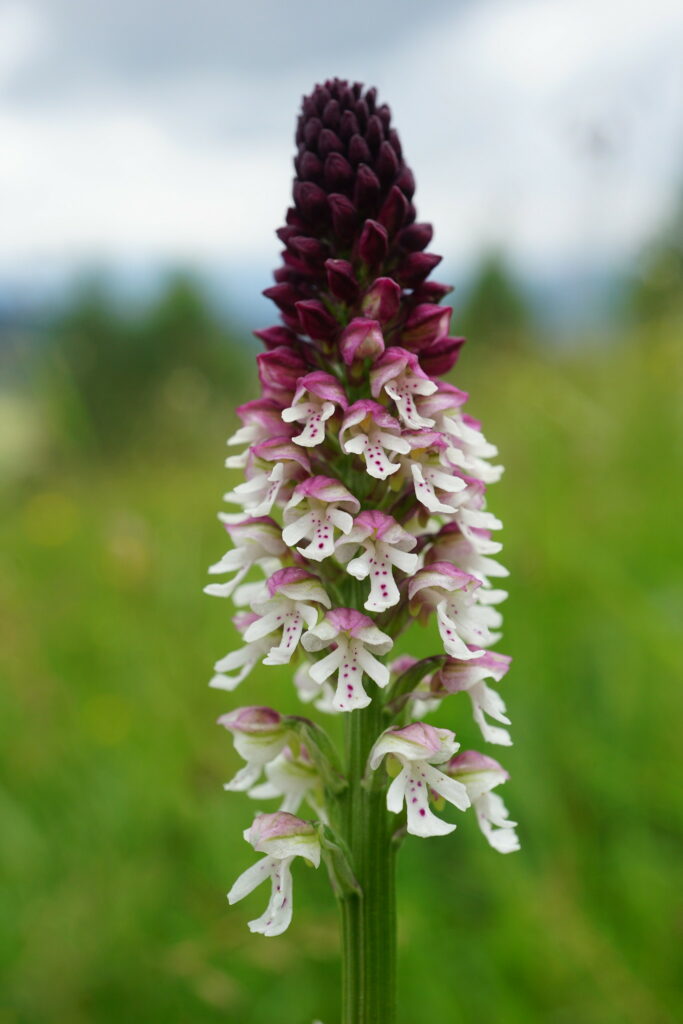

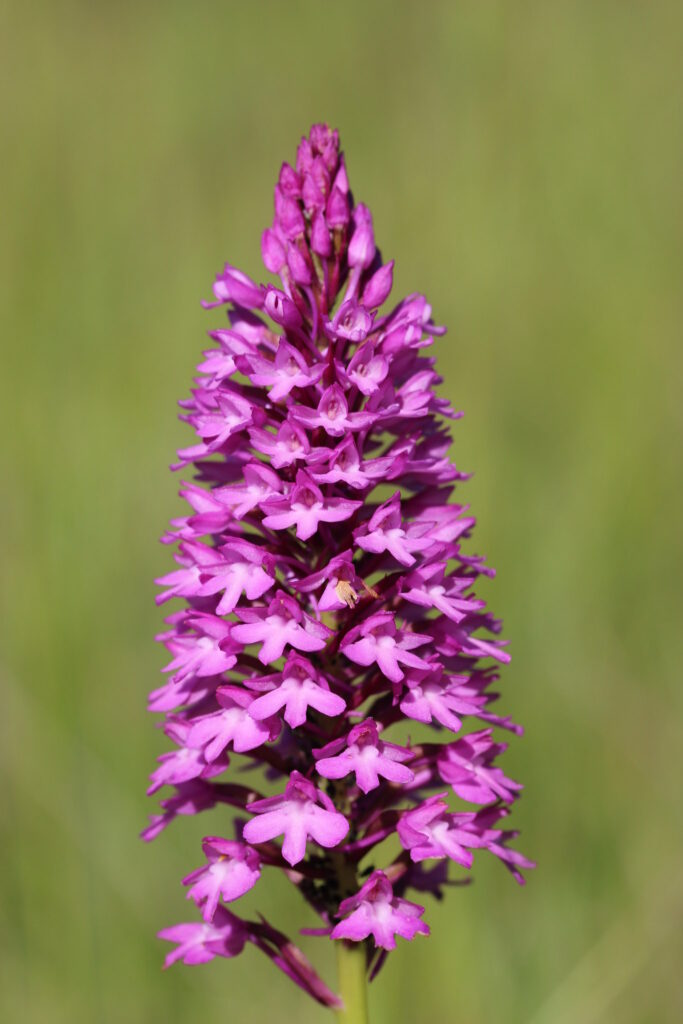


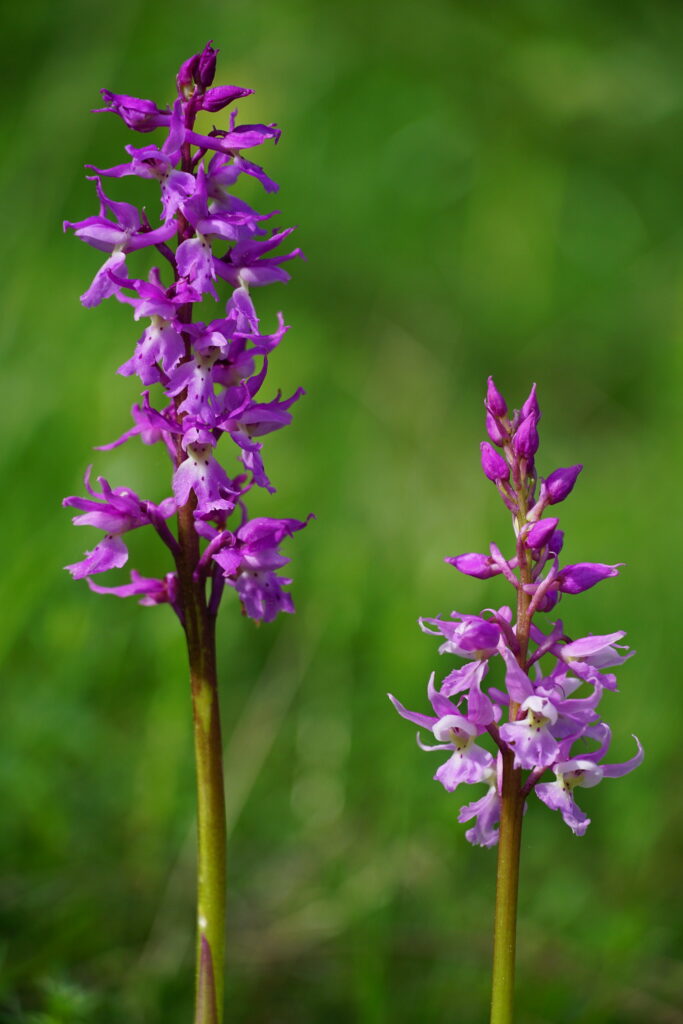
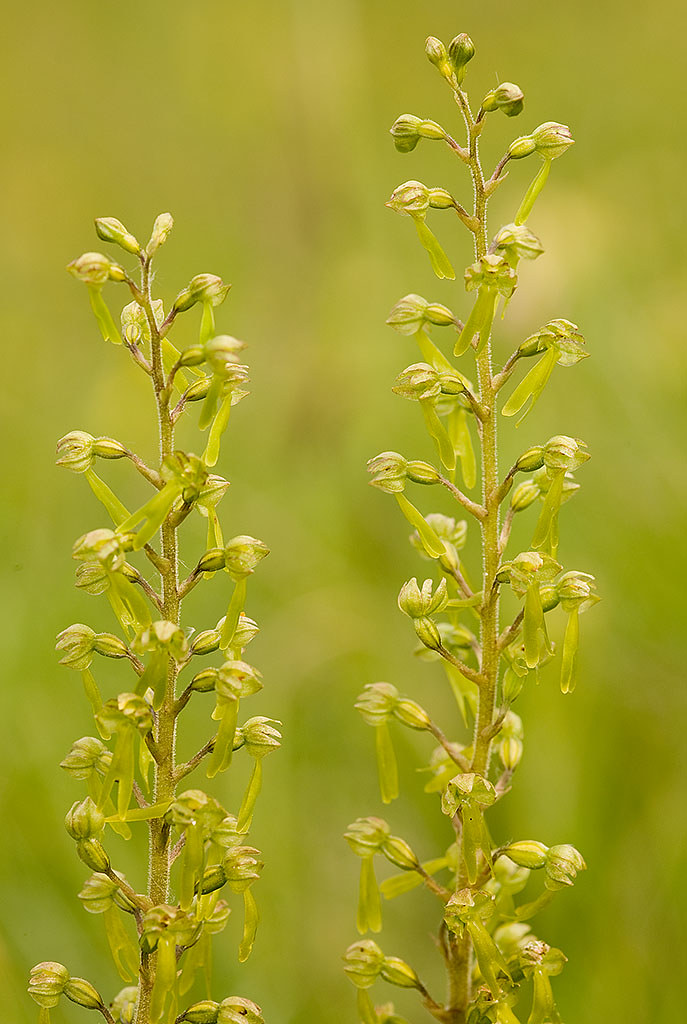
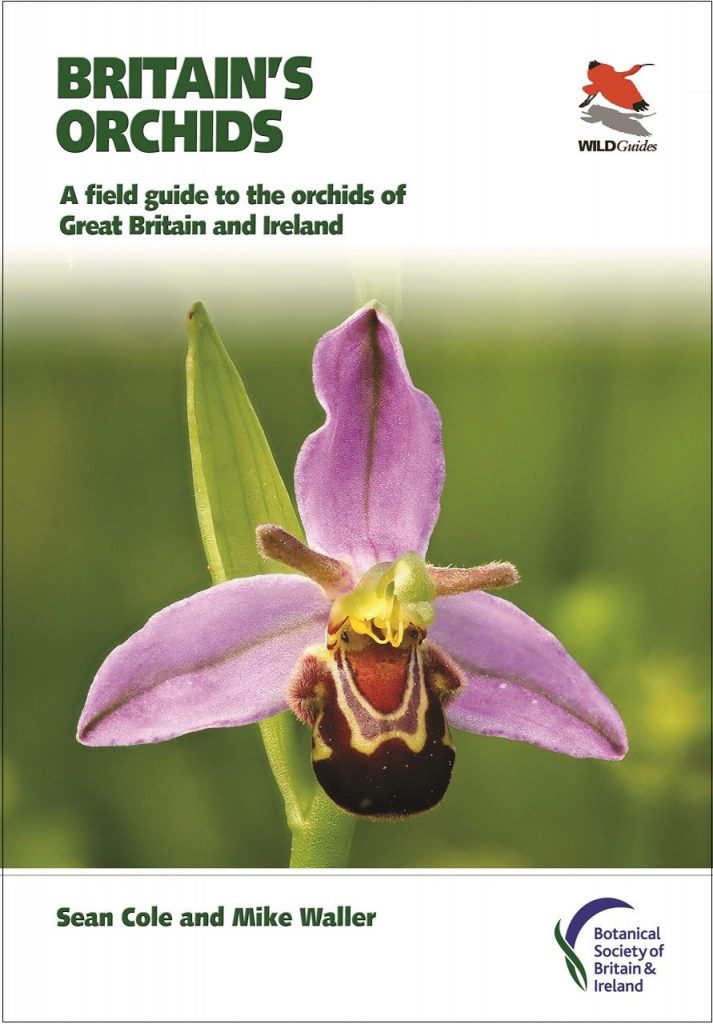
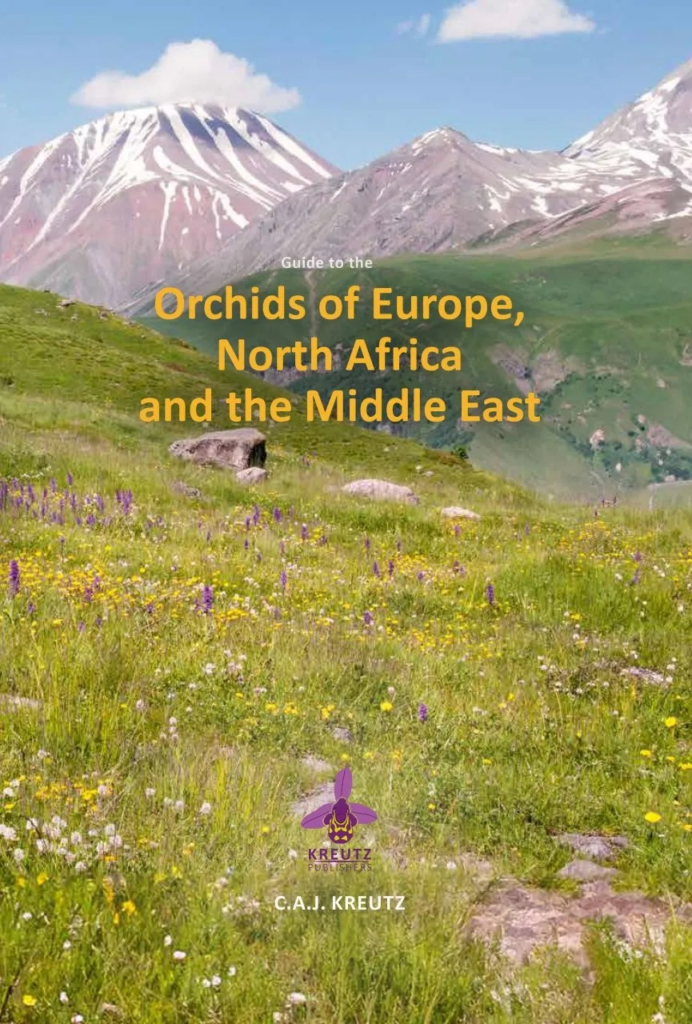
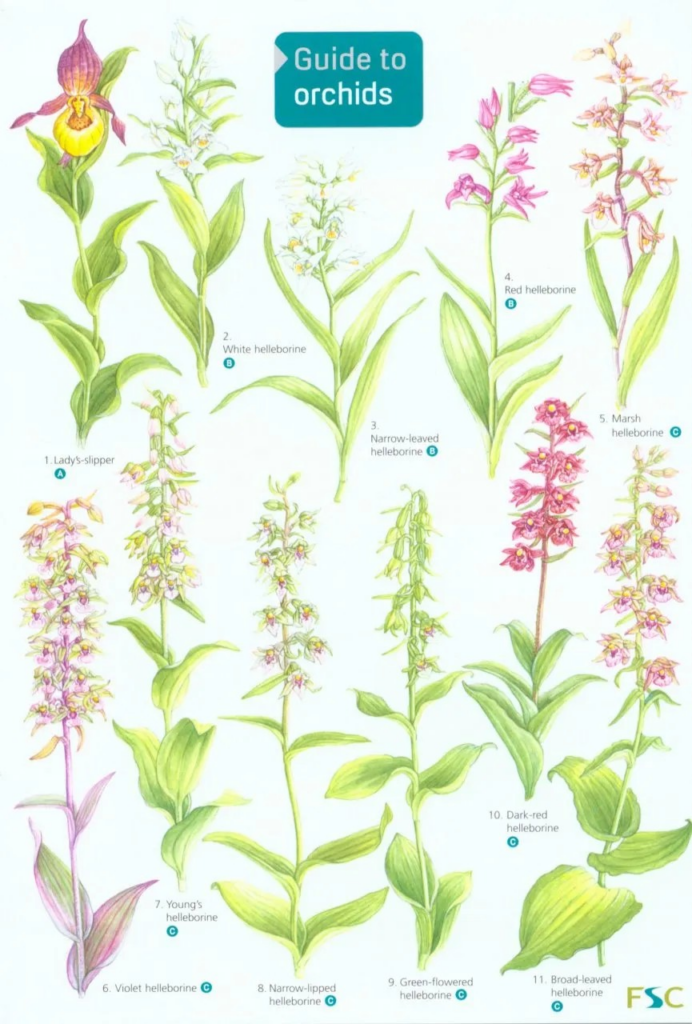
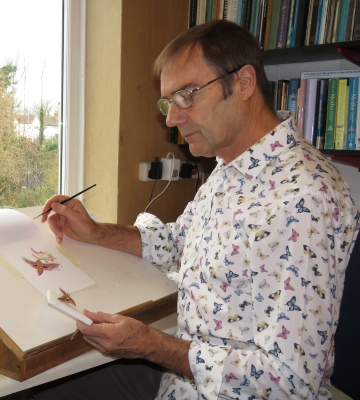

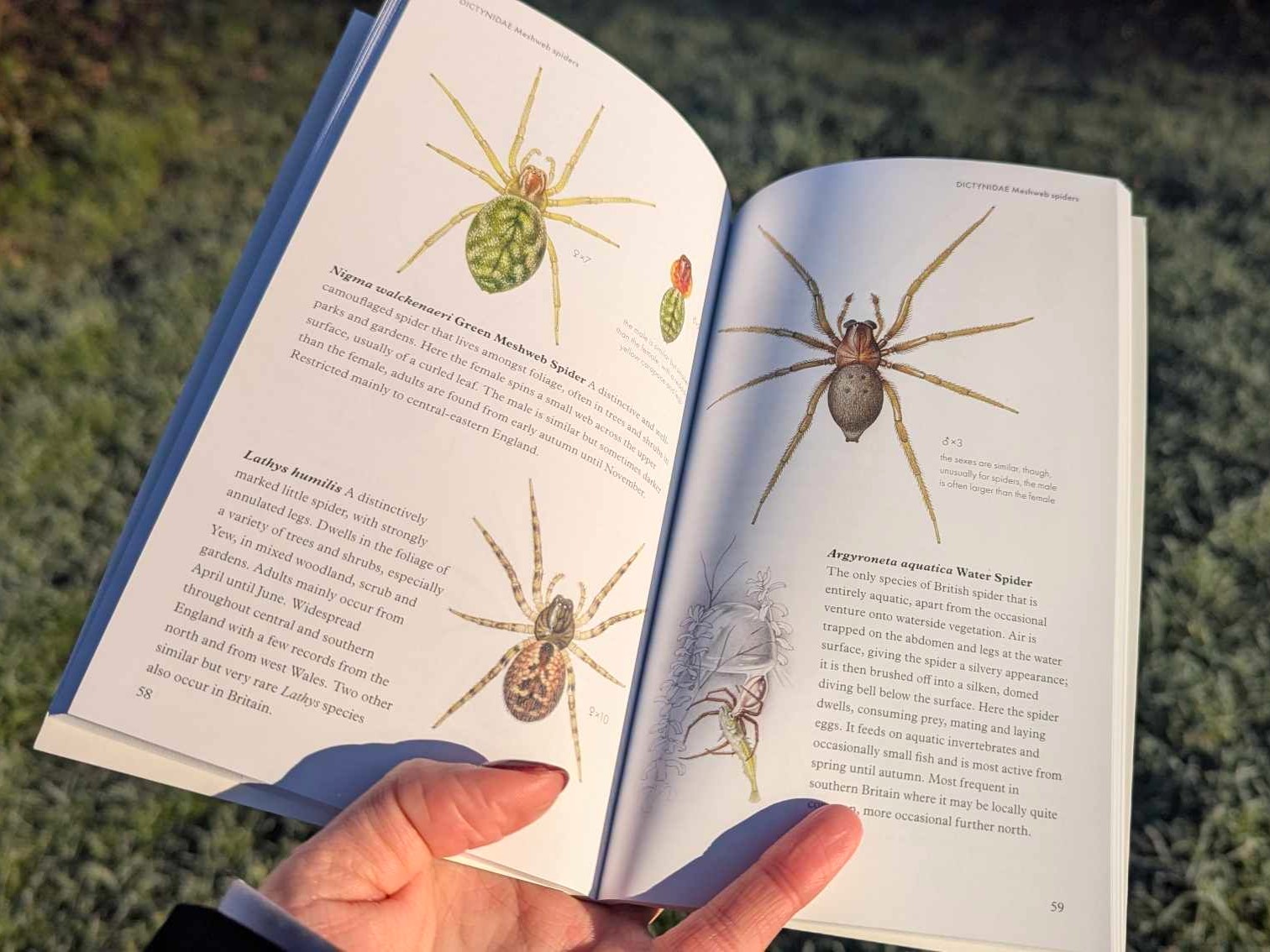
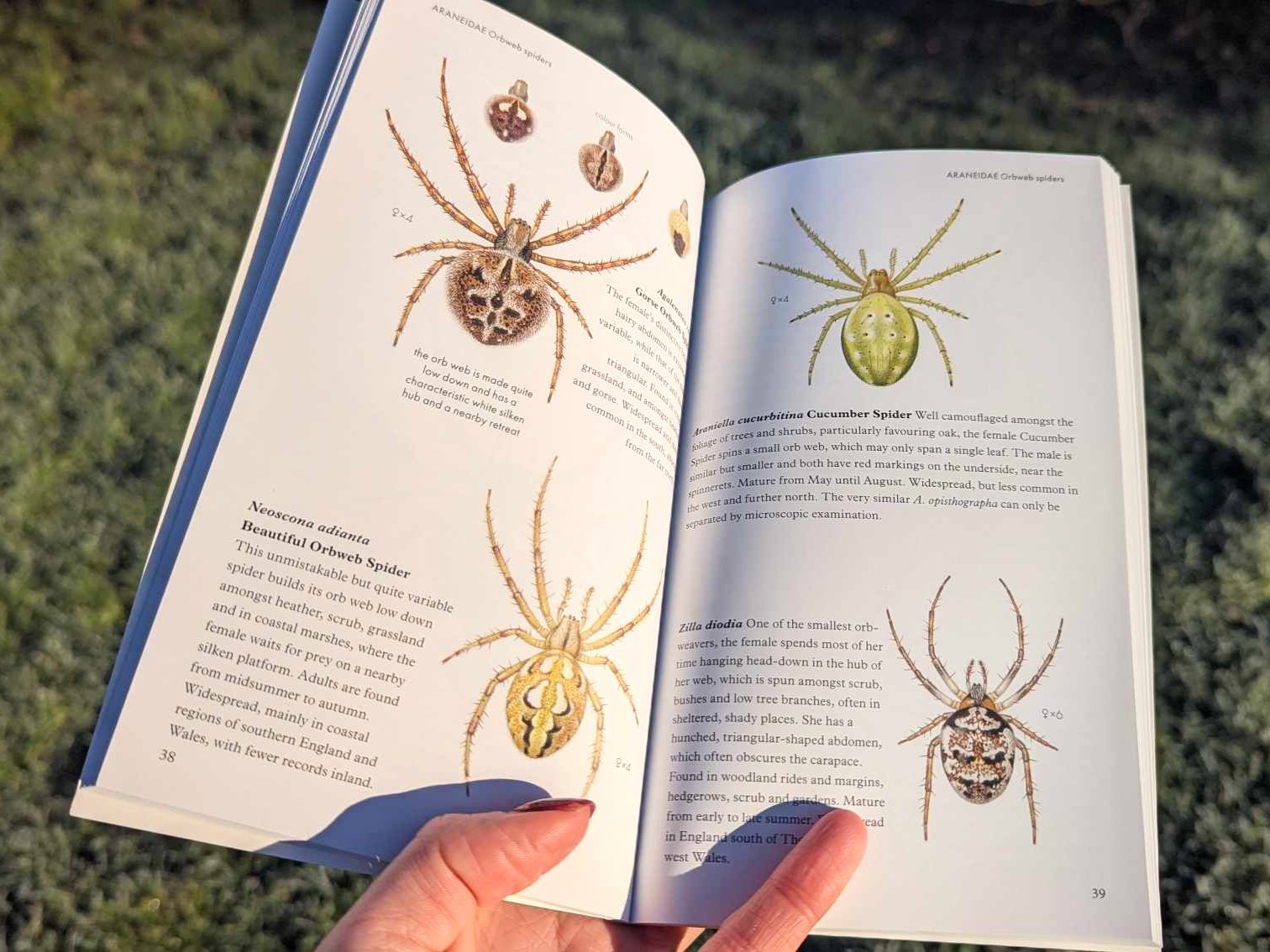

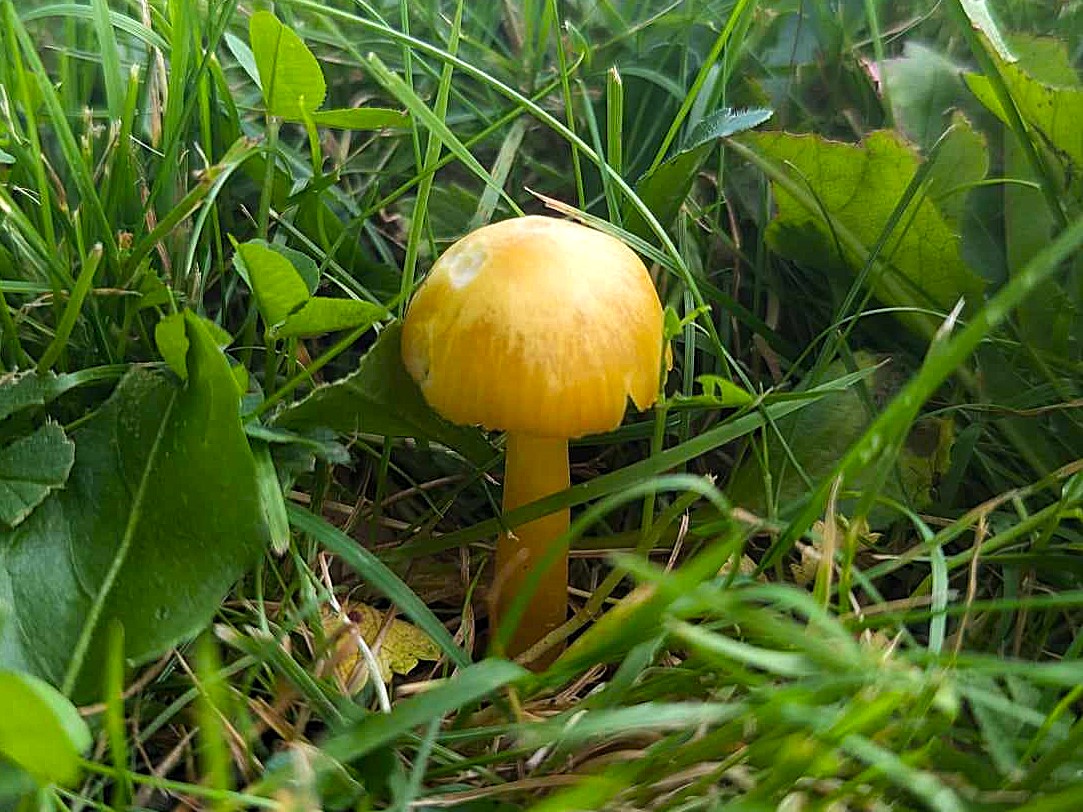
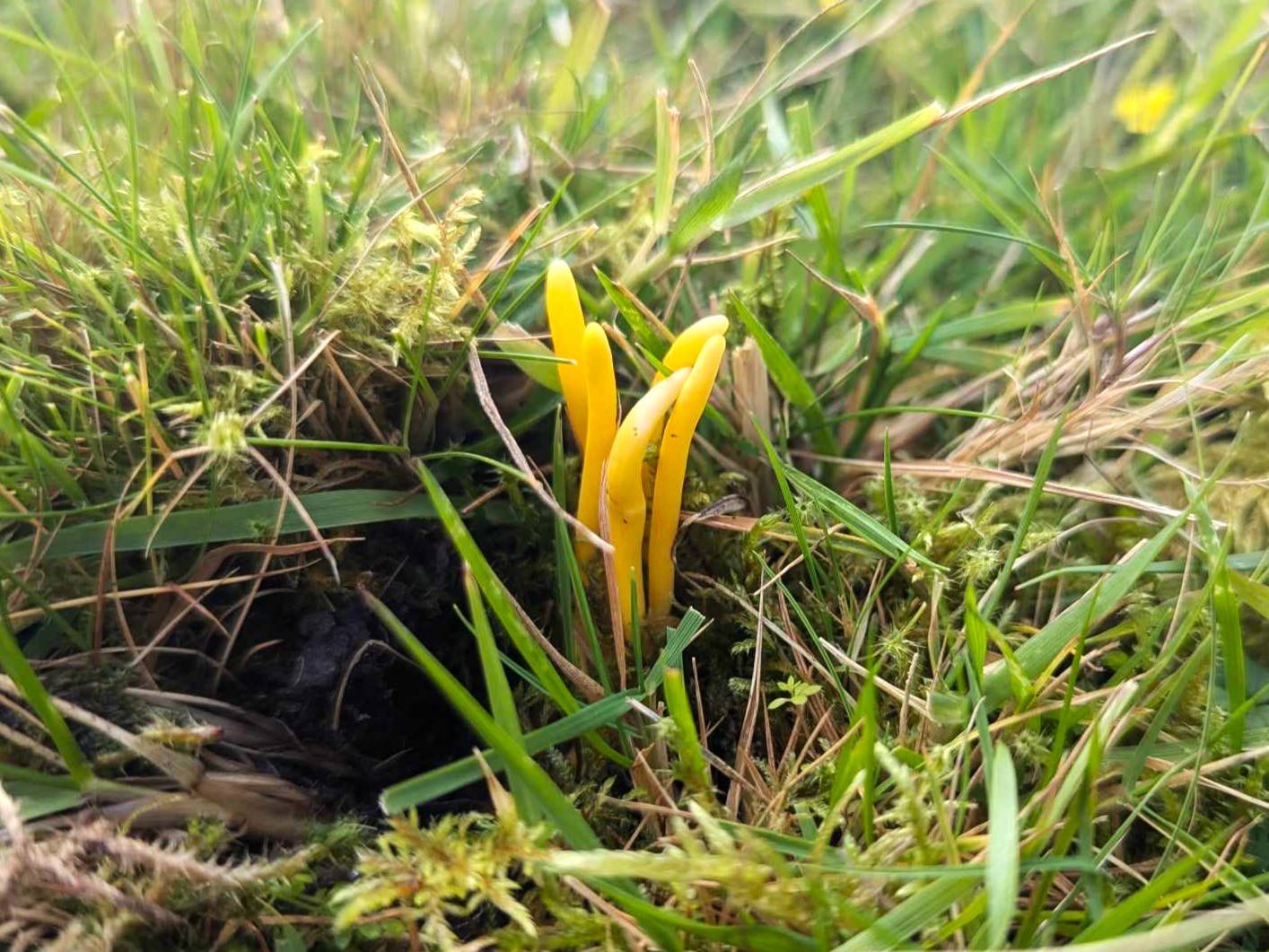
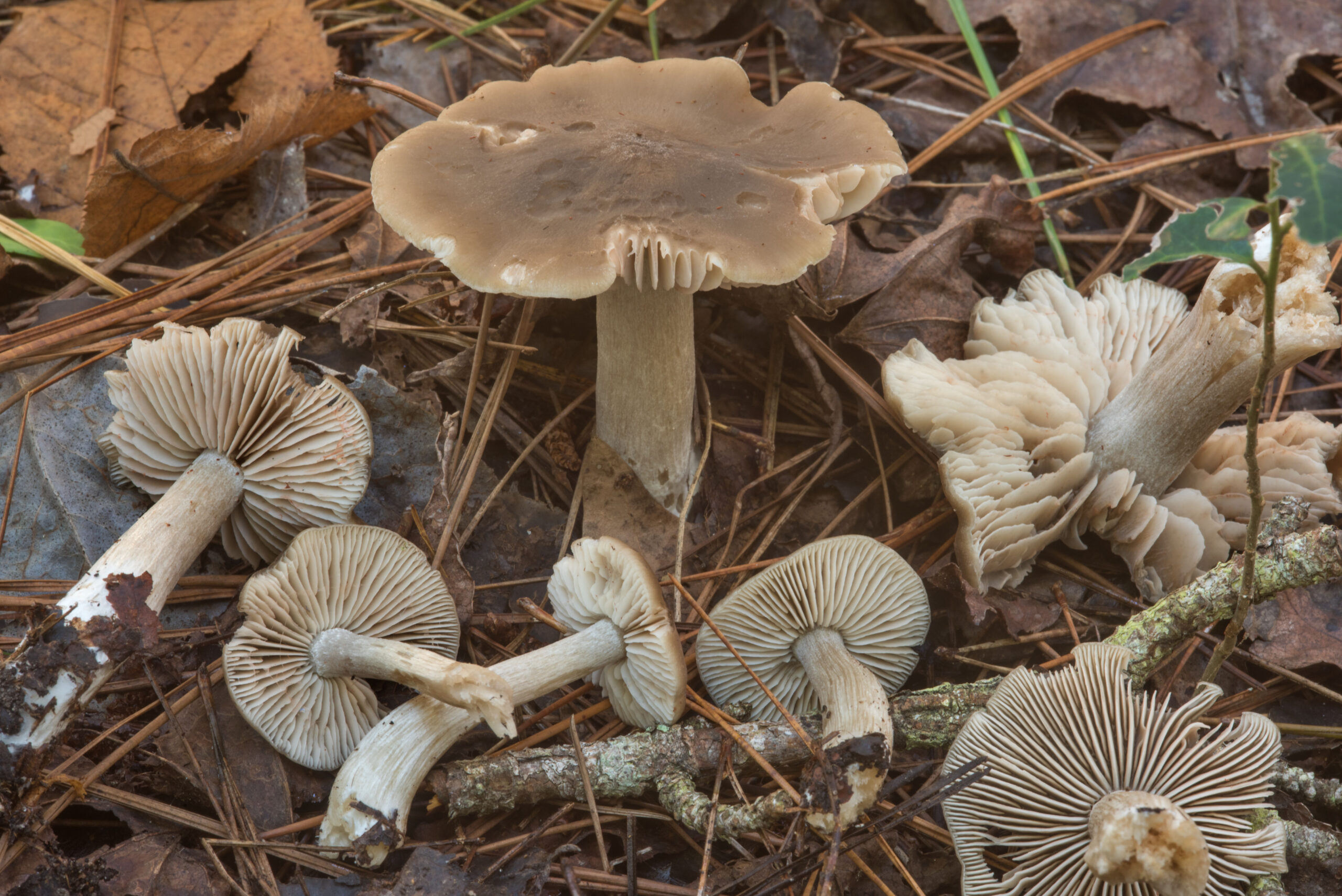
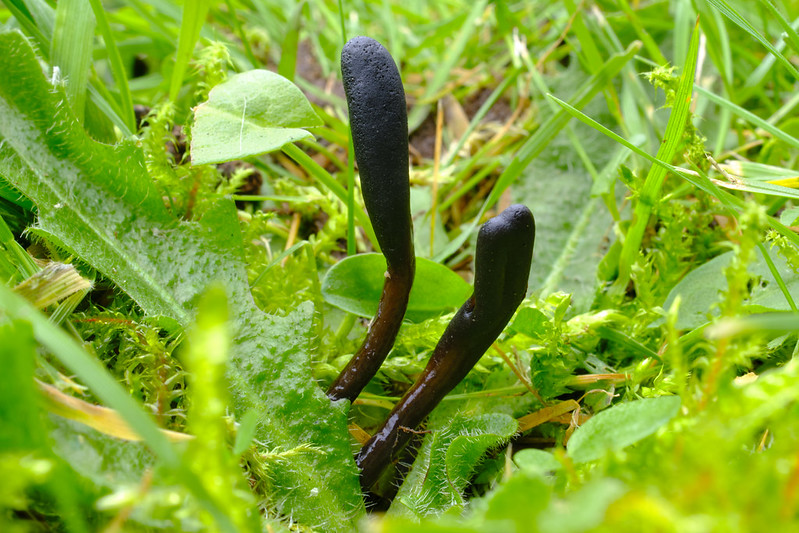
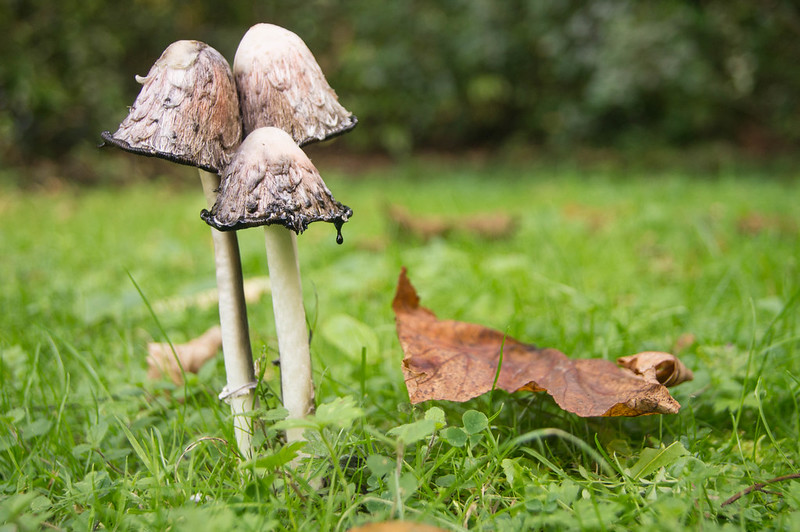
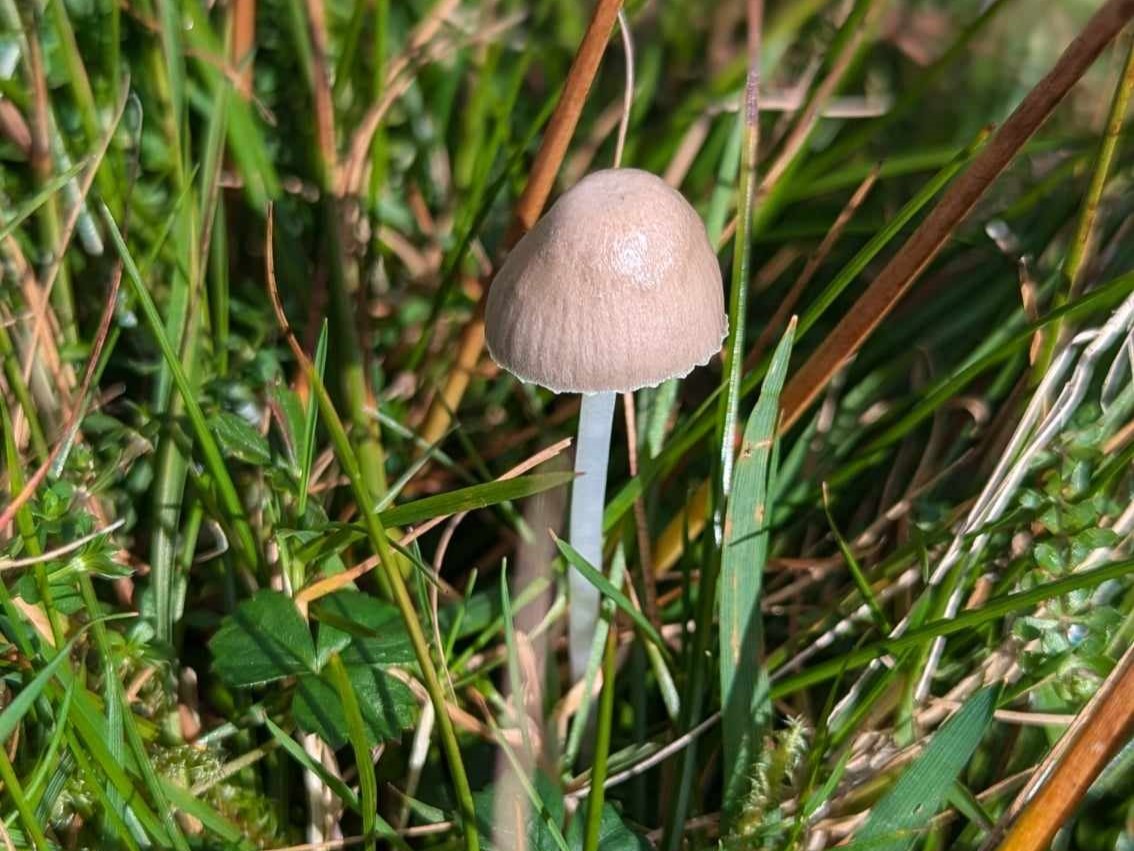
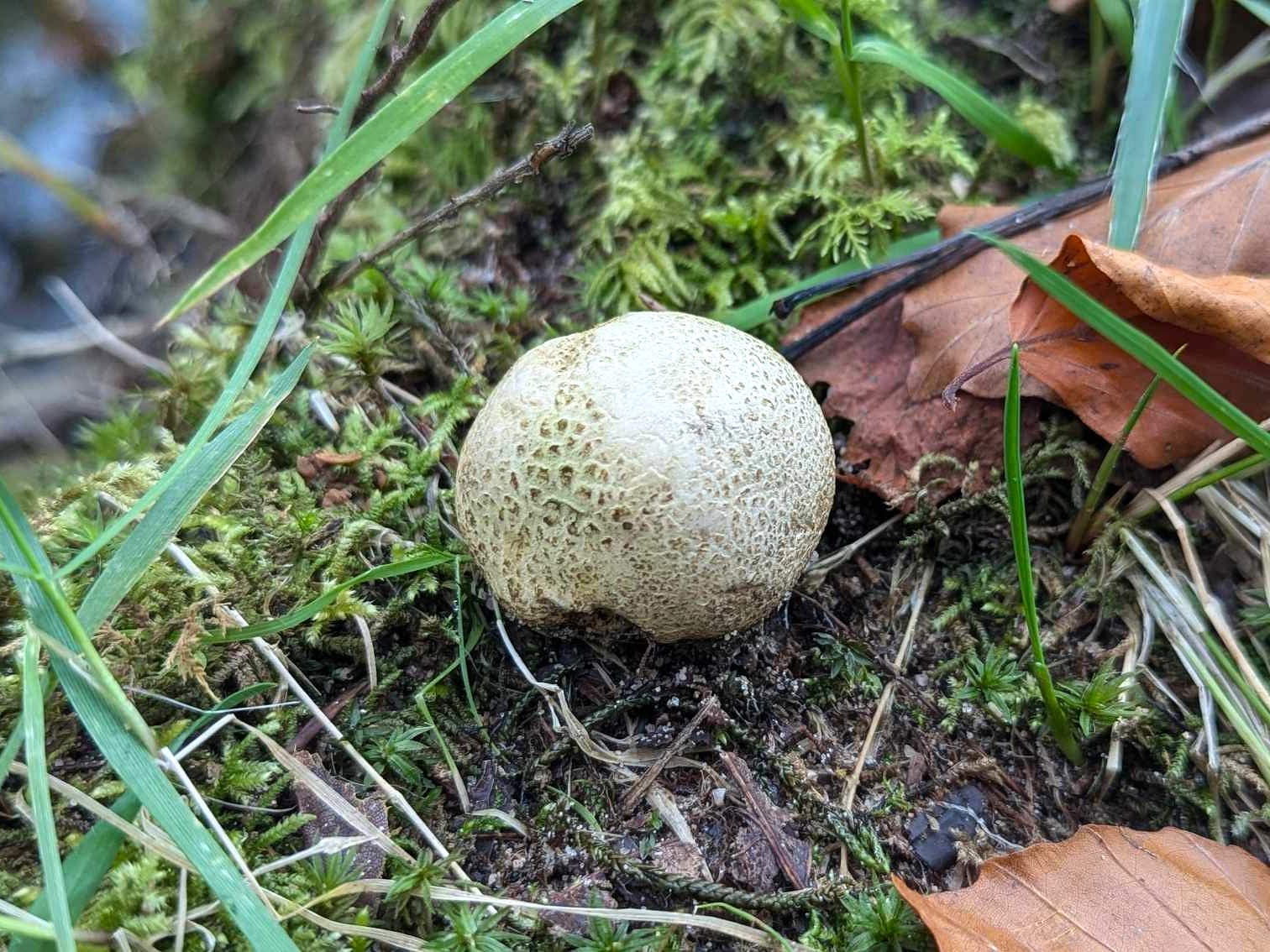
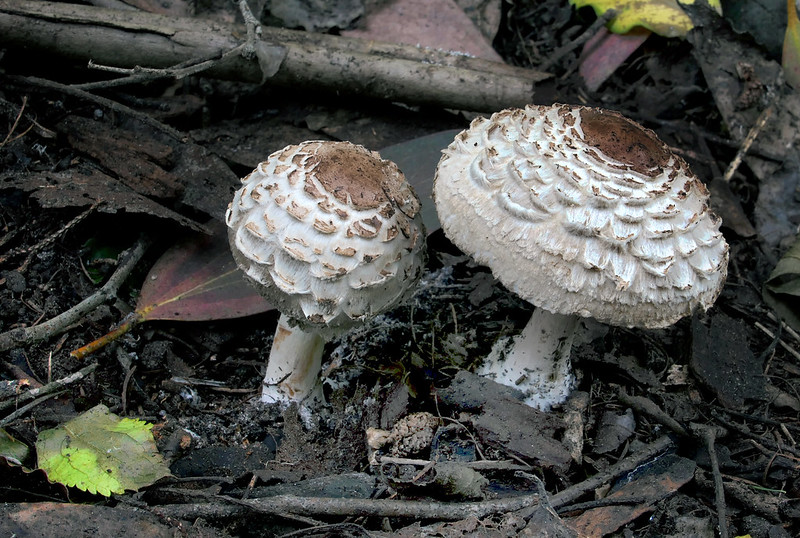
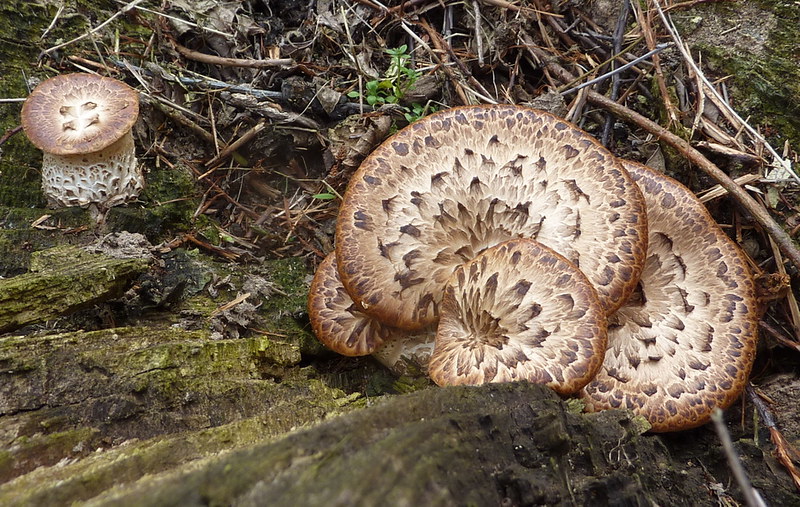
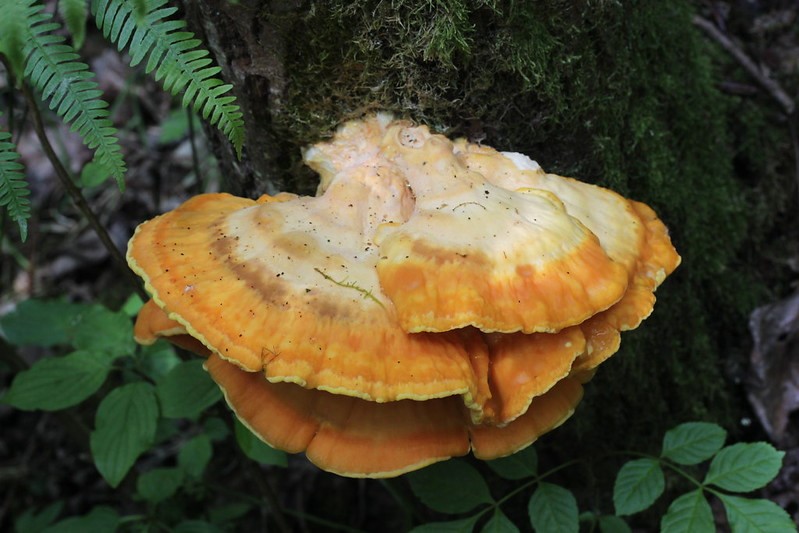
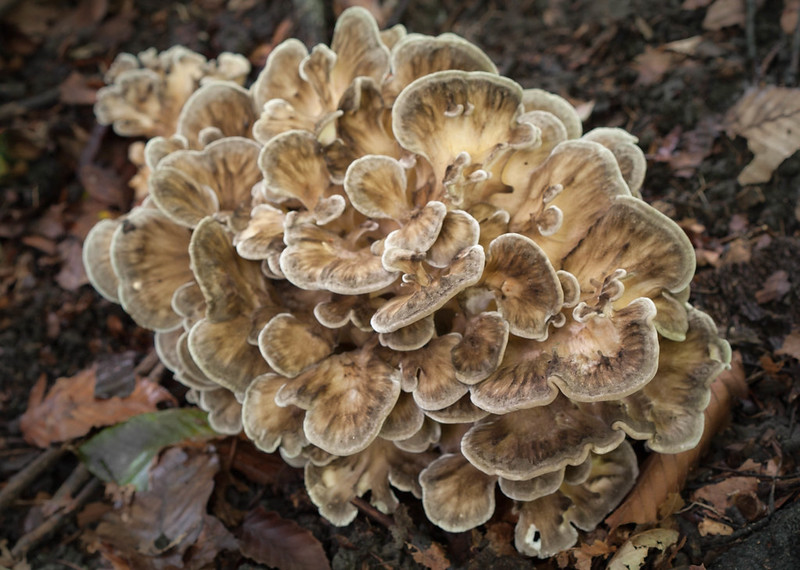
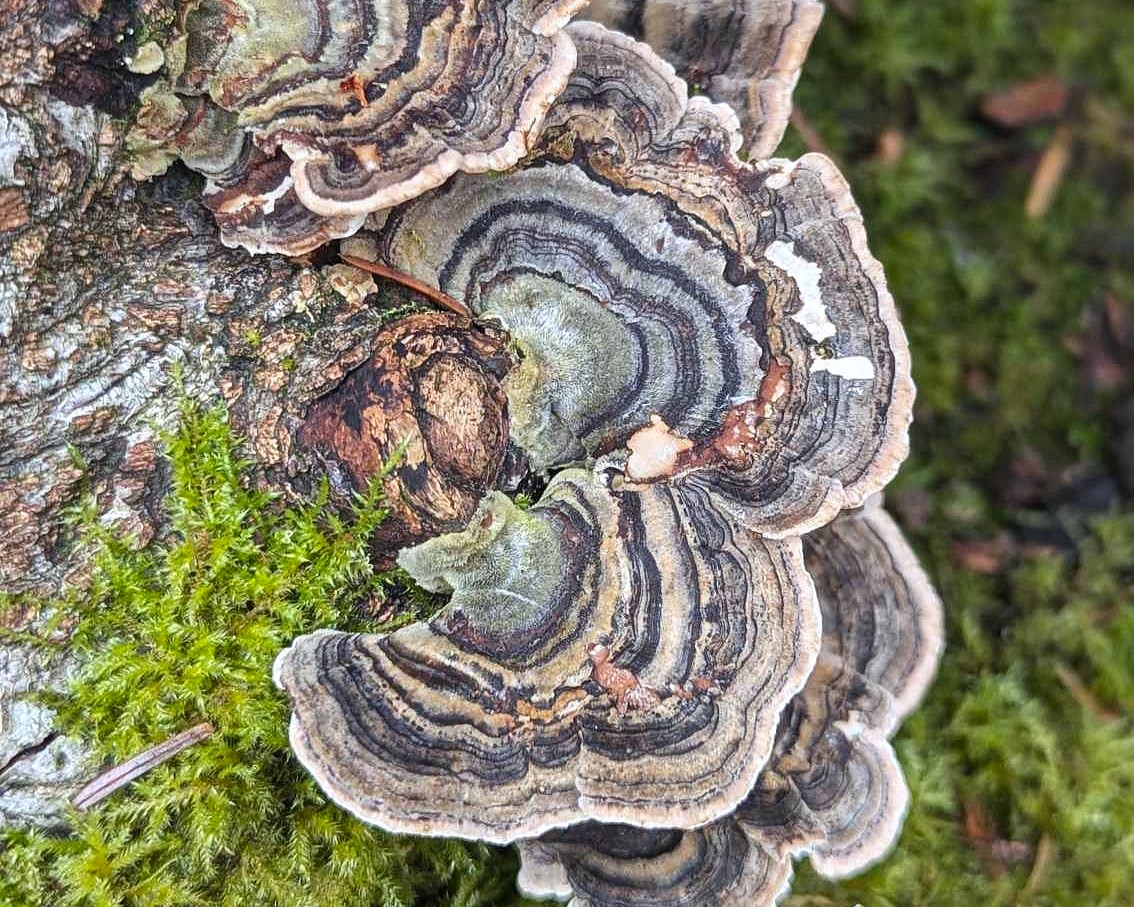
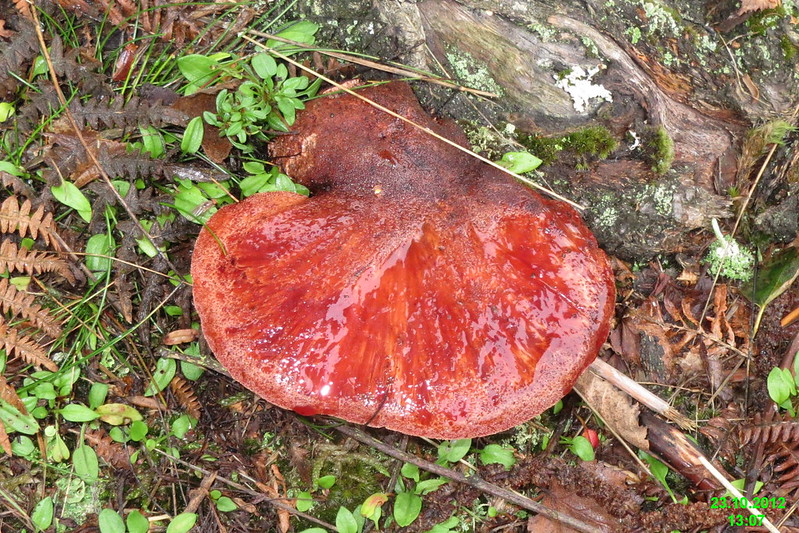
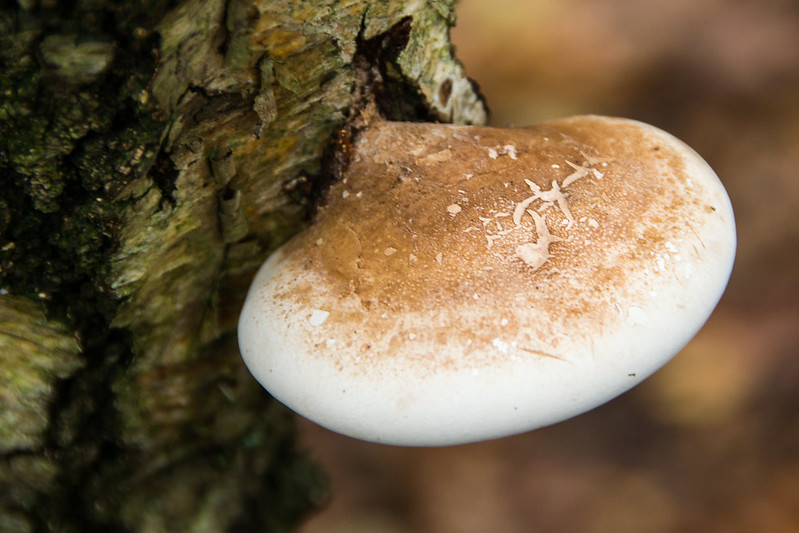

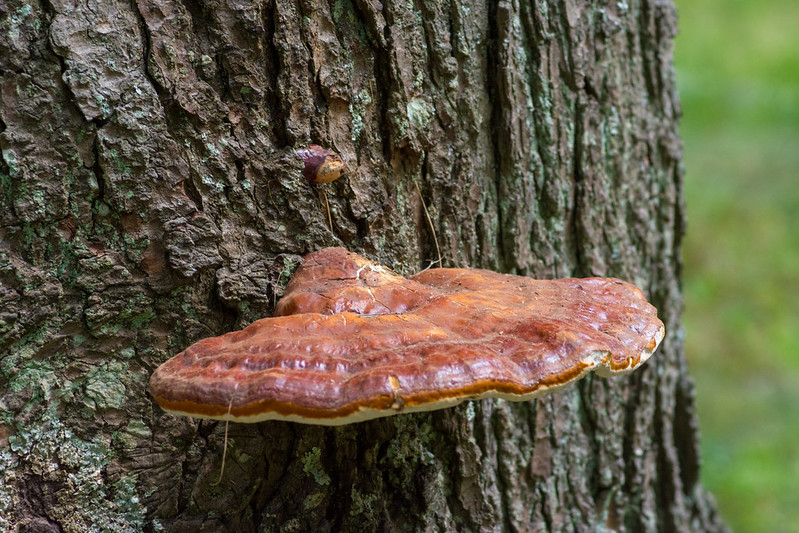
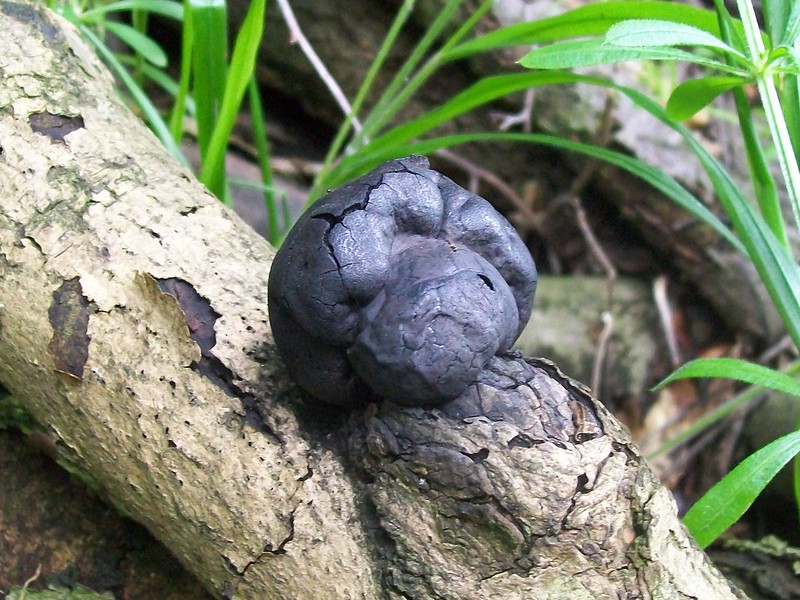

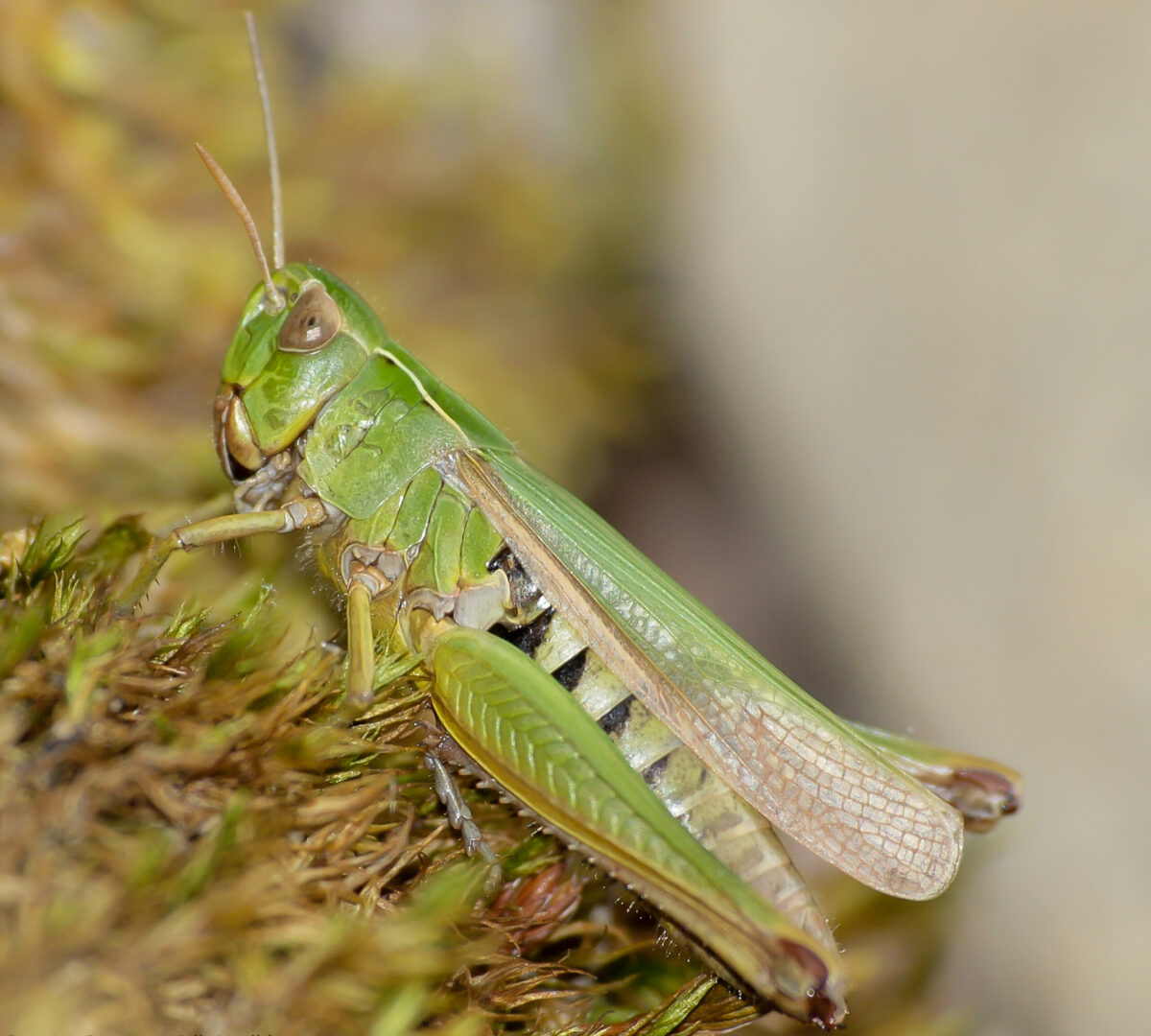

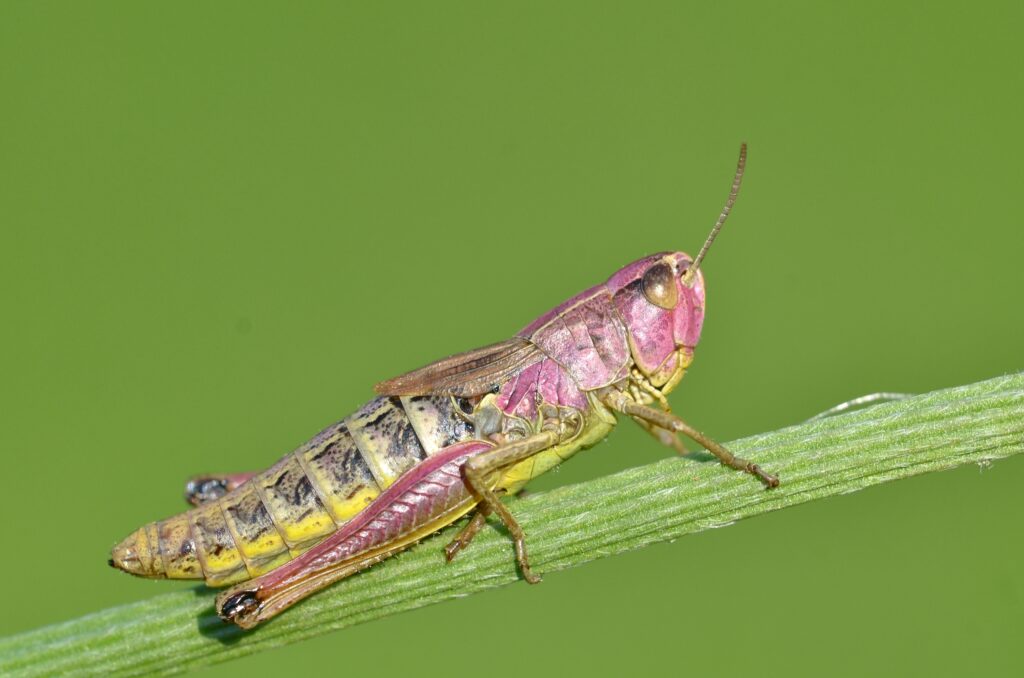
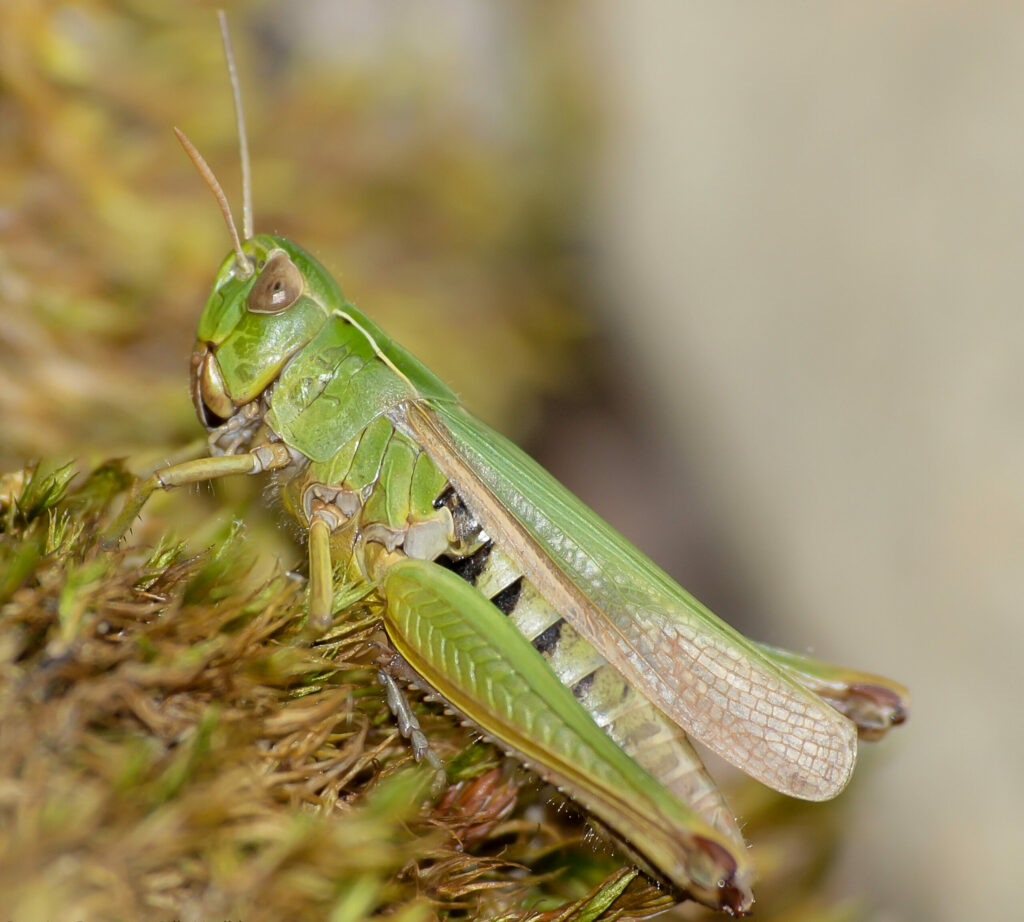
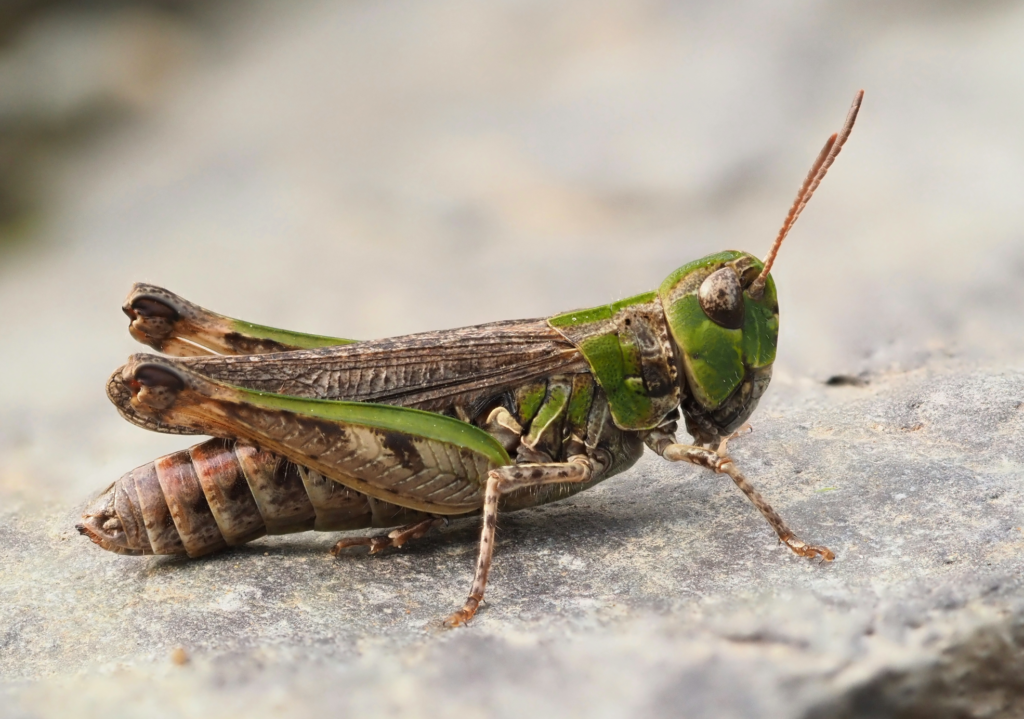
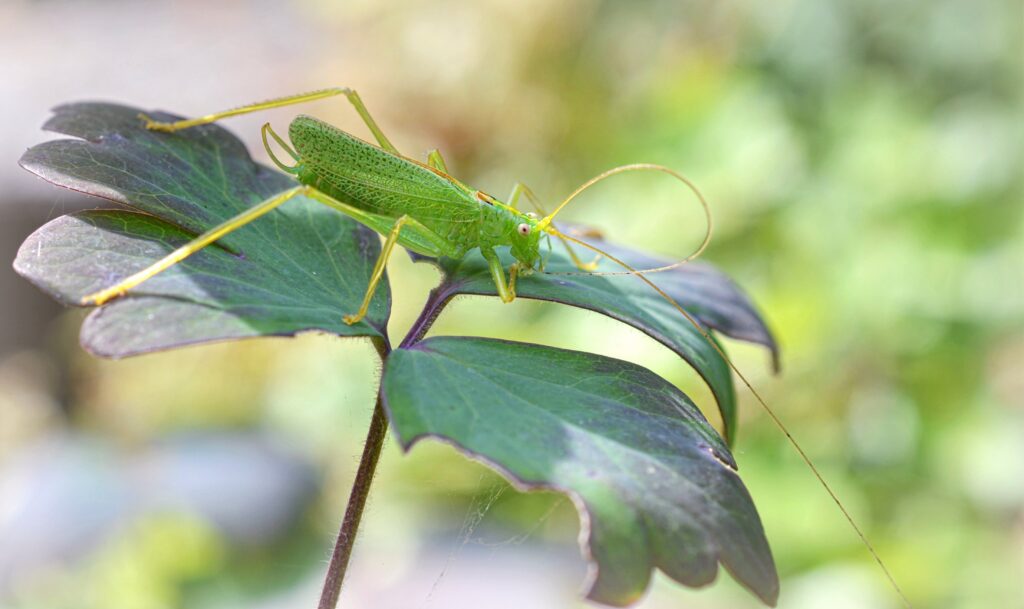
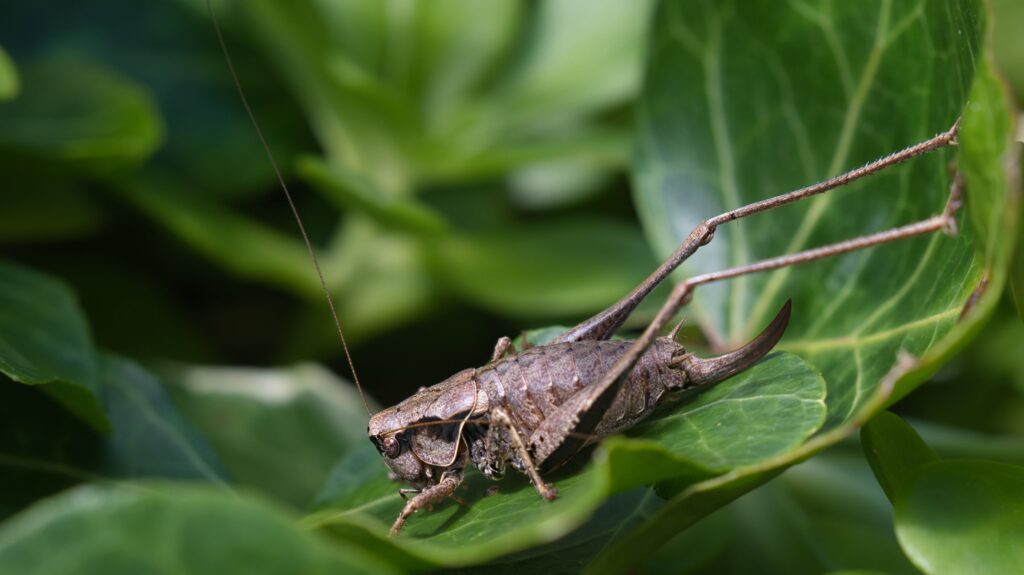
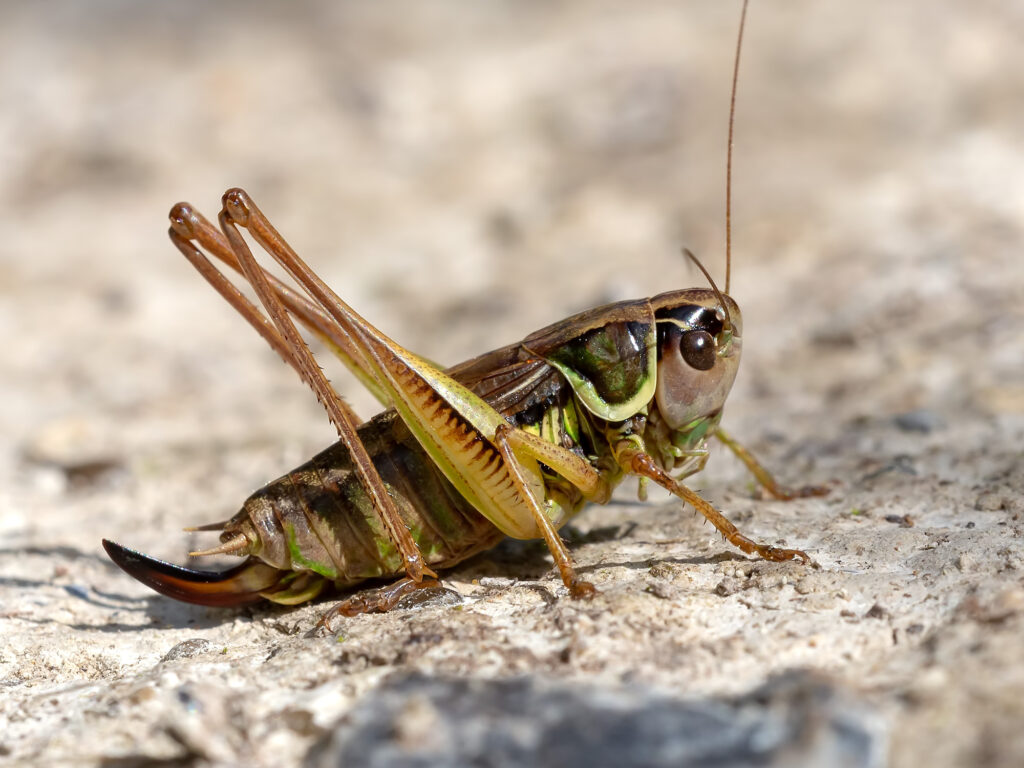
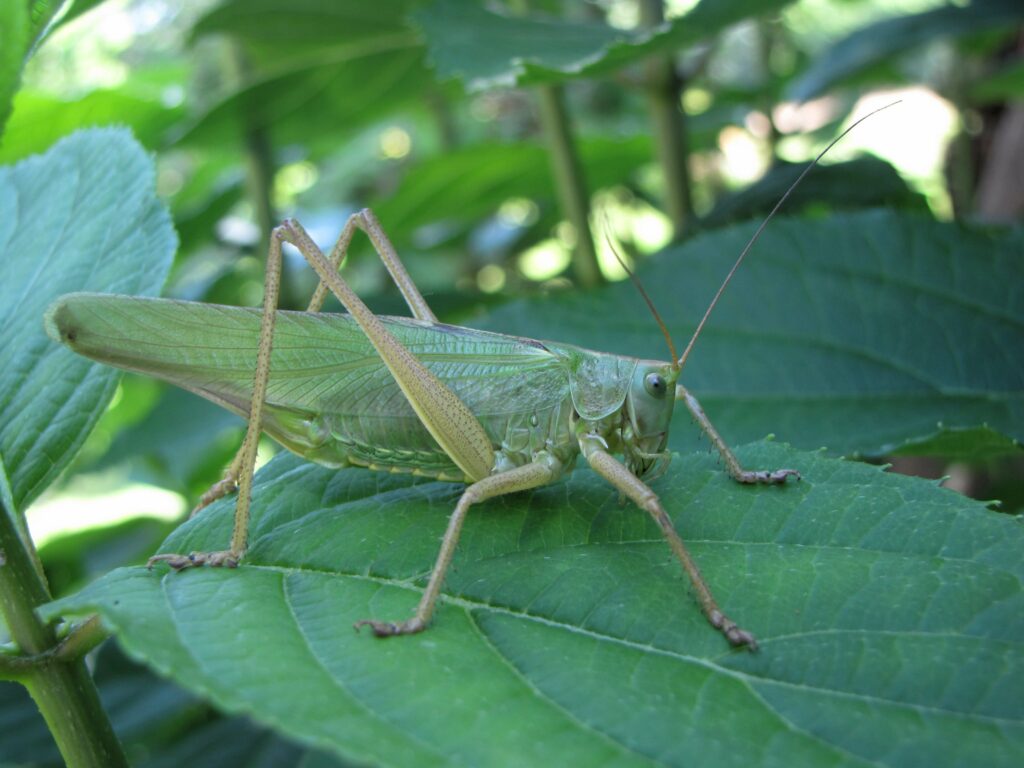
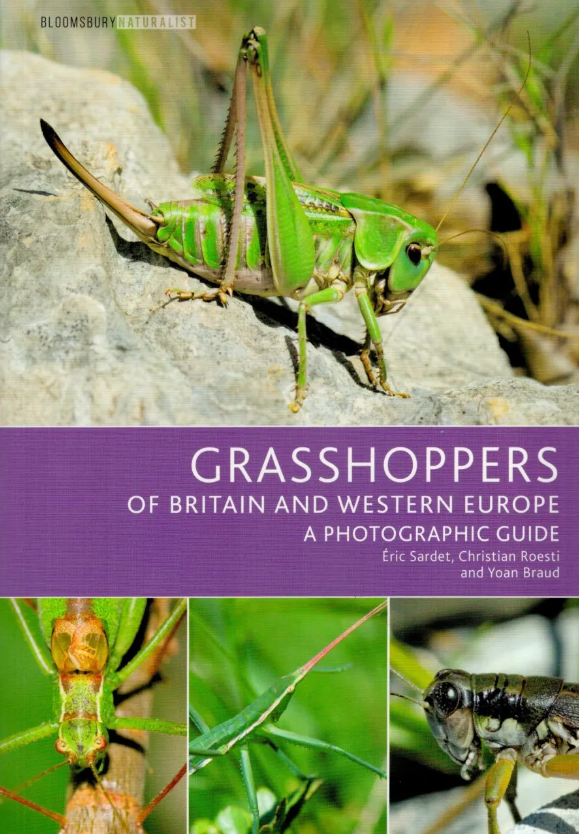 Grasshoppers of Britain and Western Europe
Grasshoppers of Britain and Western Europe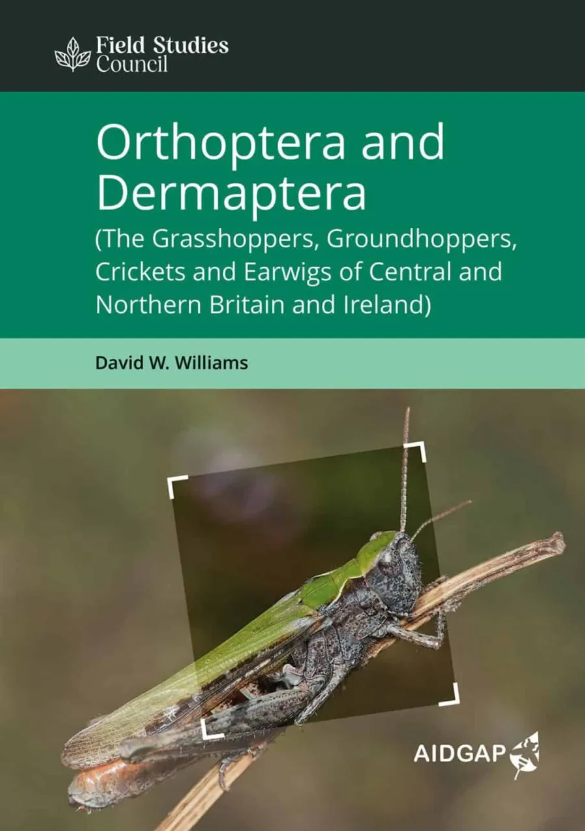 Orthoptera and Dermaptera
Orthoptera and Dermaptera